Let me take you on a journey around the Isle of Man (or Mann), a unique destination that offers visitors a rich history, stunning natural scenery, and a huge variety of activities. Located in the Irish Sea between England and Ireland, the Isle of Man is a self-governing British Overseas Territory with its own government, parliament, and judicial system. Therefore, I counted it as the 84th country/territory I have visited! The Isle of Man is most known for the annual TT Races, one of the world’s most famous motorcycle races, attracting thousands of visitors yearly.
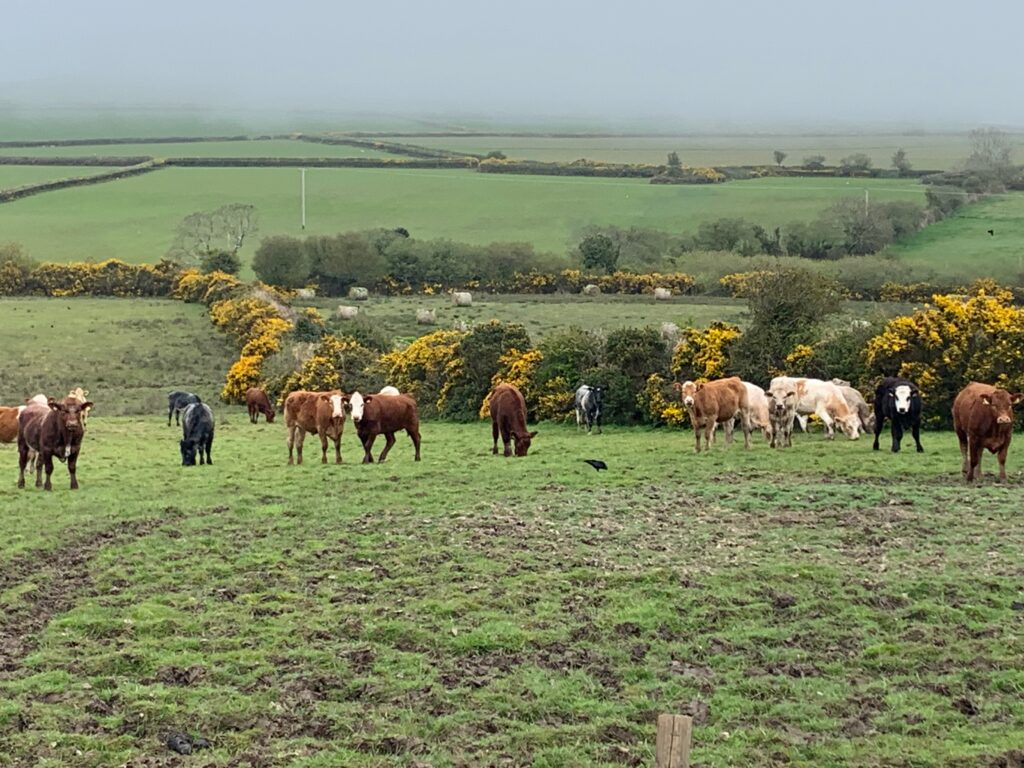
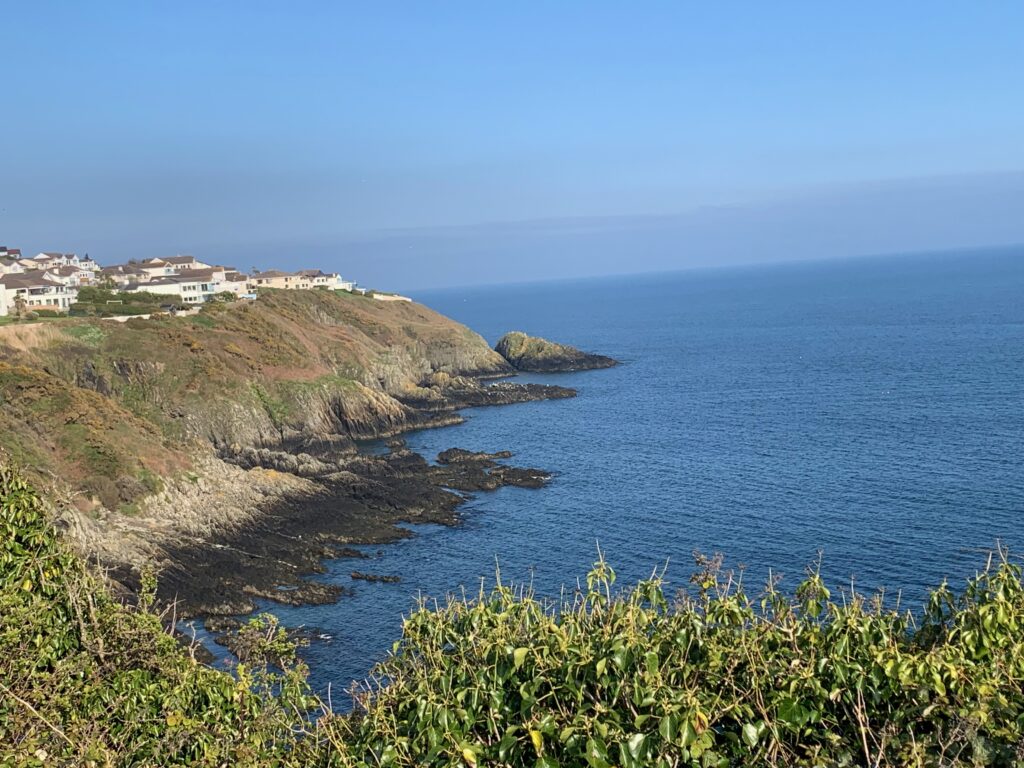
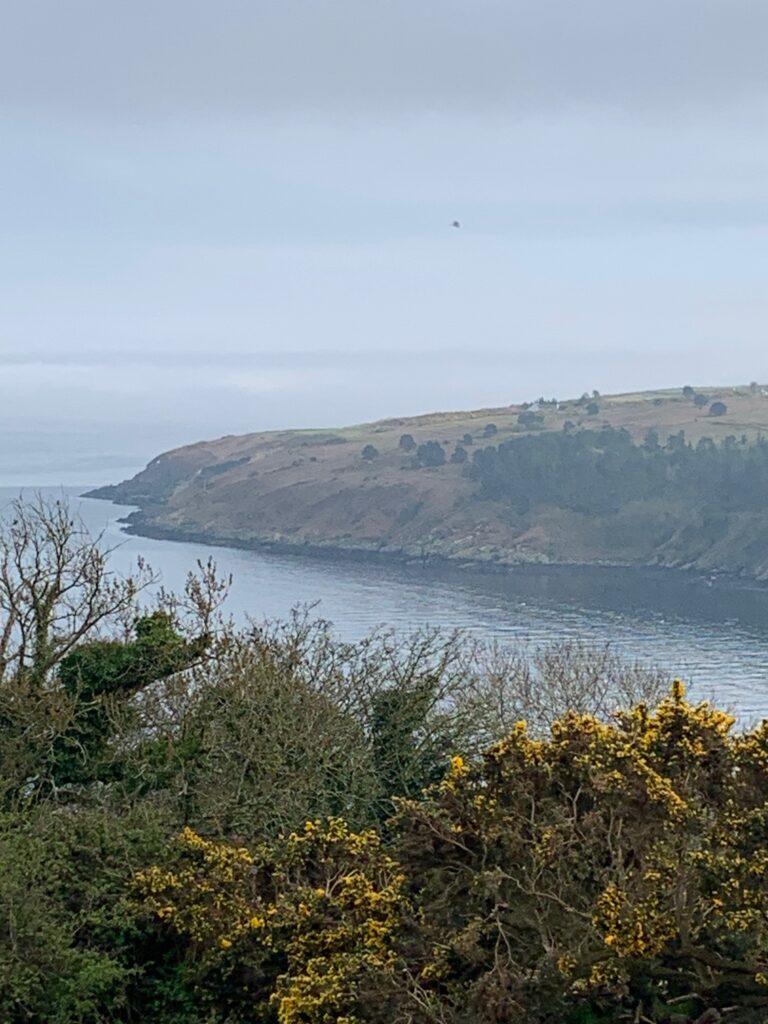
Money
The Isle of Man uses the UK pound and the Isle of Man pound. ATMs on the island, dispense Isle of Man notes, which cannot be used in everyday transactions in the UK. Some Isle of Man shops will accept Euros, but change will be given in local notes and coins. I used debit and credit cards right across the Island.
Getting to the Island
People fly in from Dublin, London and other UK cities with Logan Air, Aer Lingus Regional or EasyJet to the Isle of Man (IOM) airport. There has been talk of flights direct to European destinations but these have never eventuated.
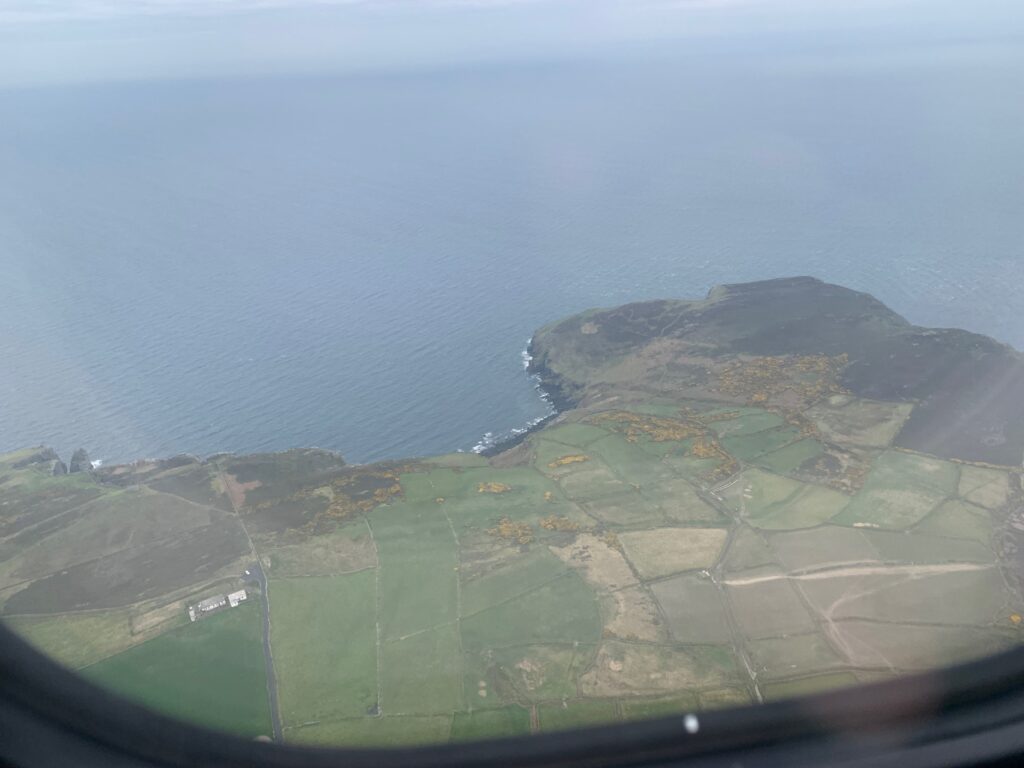
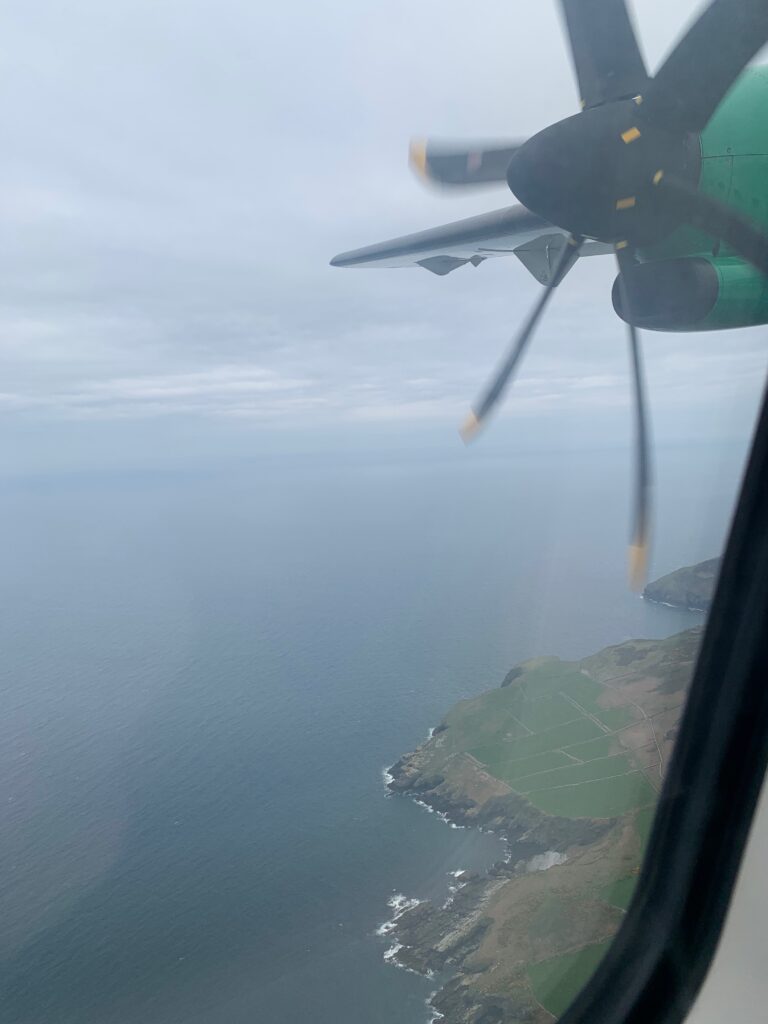

Next to the airport is the air and military museum next to the airport. Excellent museum -well laid out and informative. They even have two old planes belonging to the defunct #manxairlines which didn’t go bust. They were taken over and phased out by British Airways, who no longer fly to the Island.
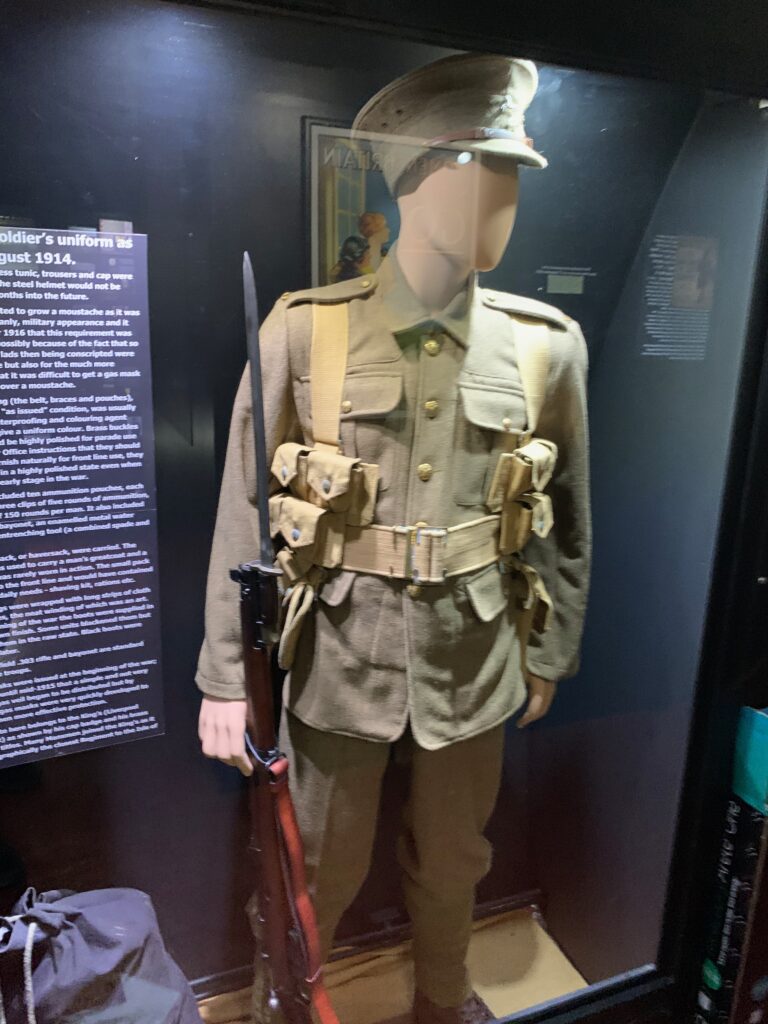
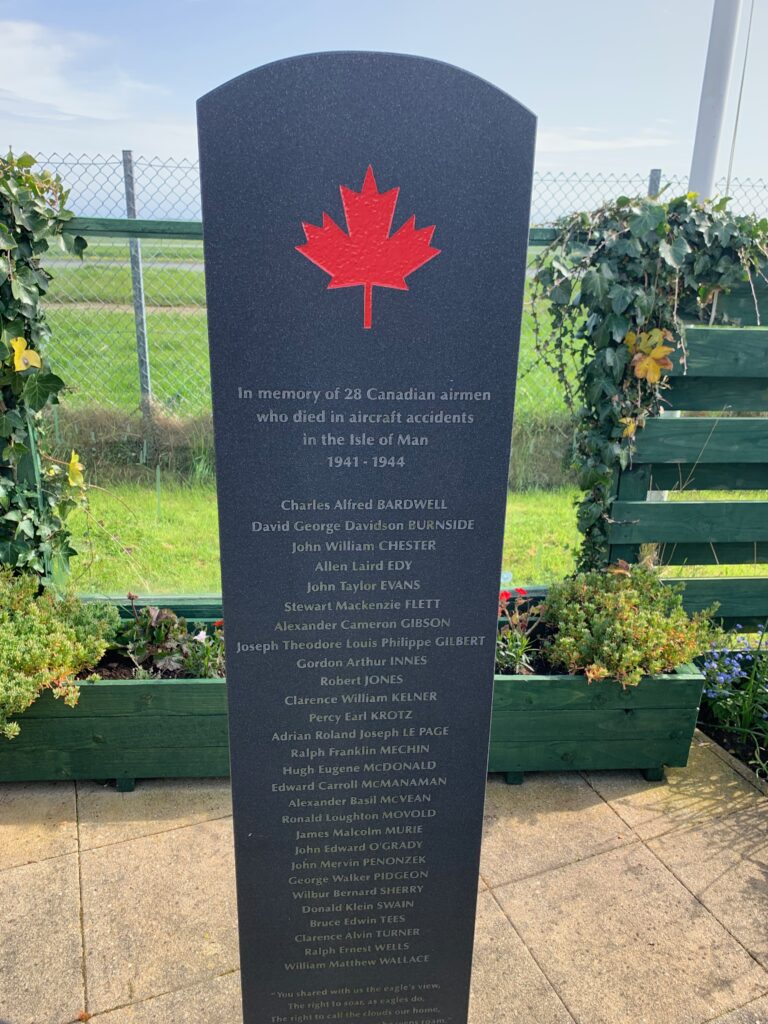

A ferry carrying foot passengers, cars, and trucks plies 2 hours and 45 minutes from Liverpool, England, to Douglas, where they use a very distinctive 1960s-looking ferry terminal.
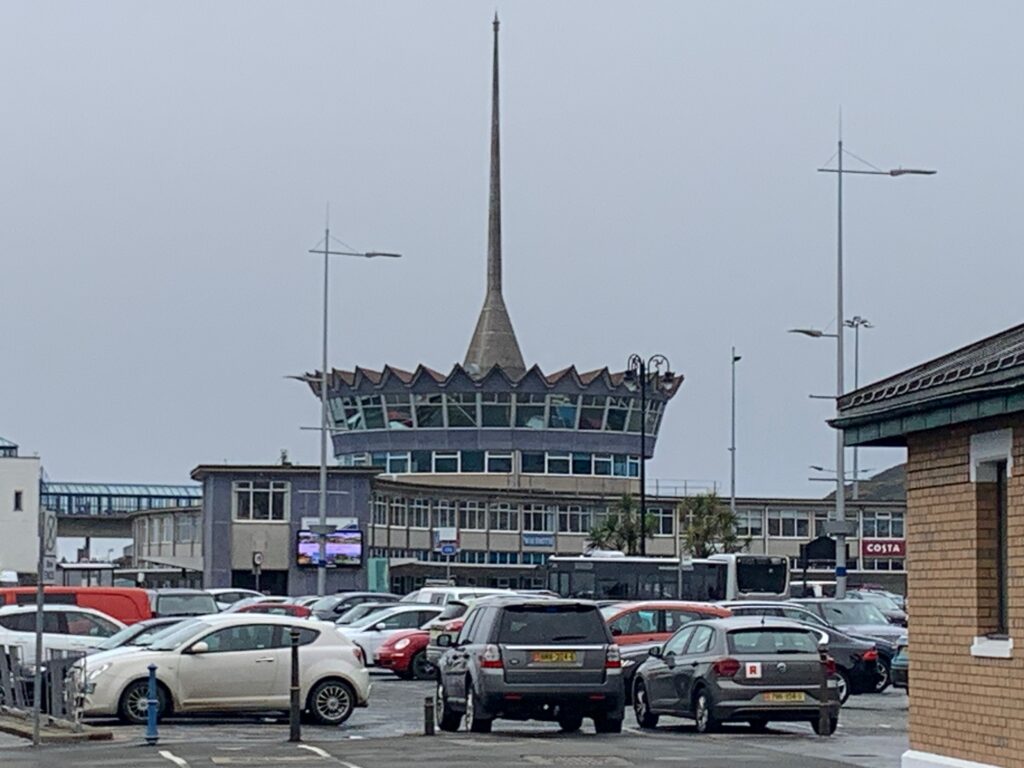
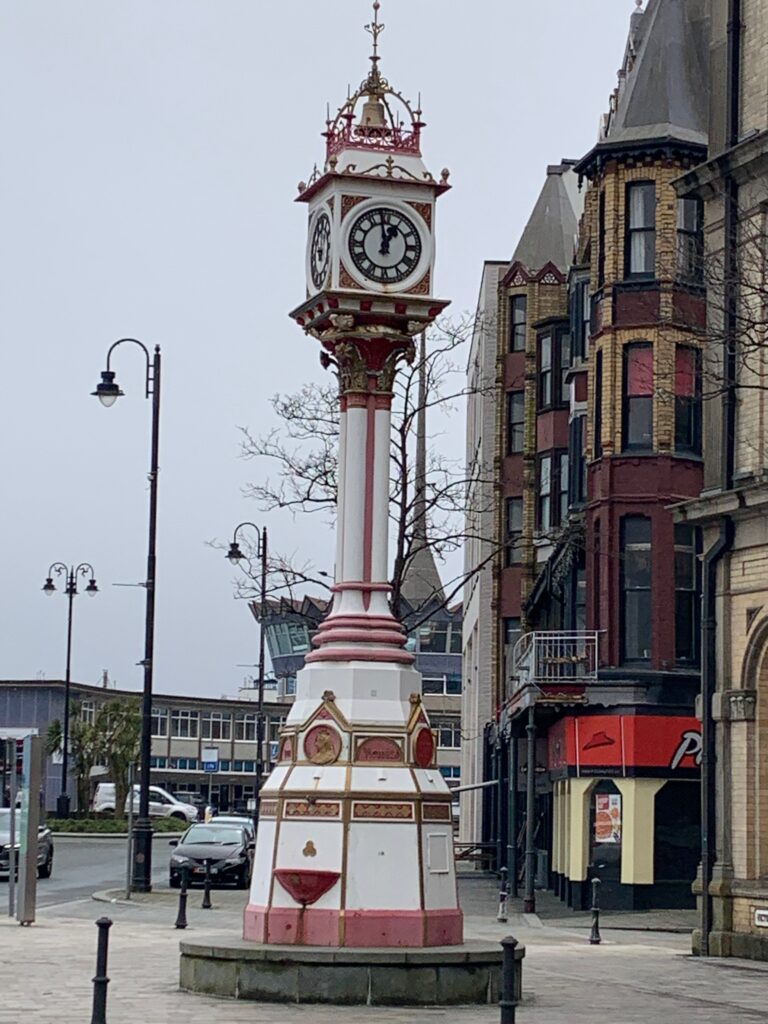
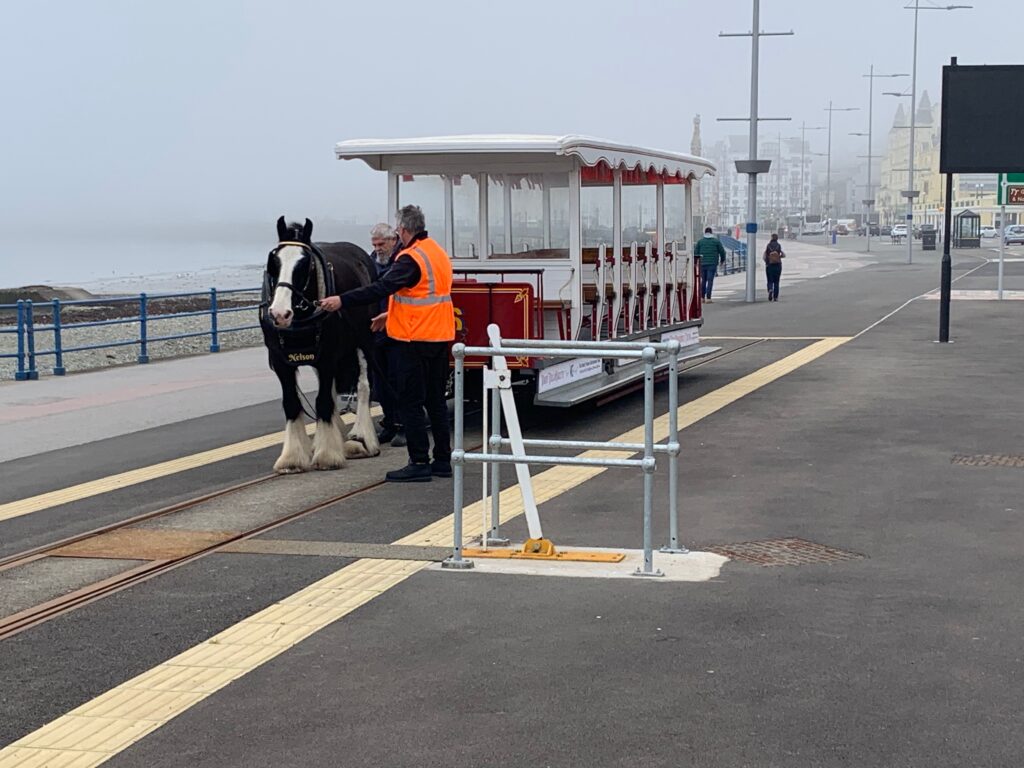
Getting Around
Once on the Island, people use cars, the island-wide bus network, a collection of heritage trains (steam train, Mountain tram, electric railway) and bicycles to get around. I strongly recommend getting the go heritage card which gives unlimited transport for five days and free entry to almost every attraction. I paid for mine with two and a half days of use. The card is sold at the airport and Ferry tourist information counters. It is important to note that the heritage trains and most tourist attractions are closed between October and April. The Island is very much alive in the summer months.
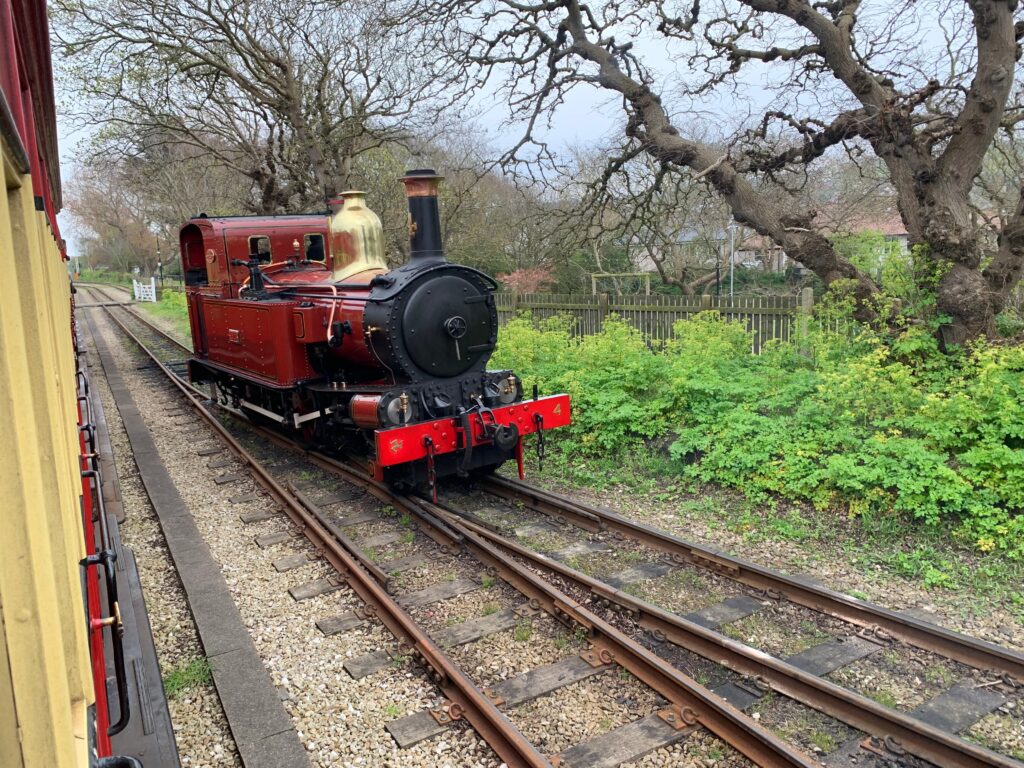

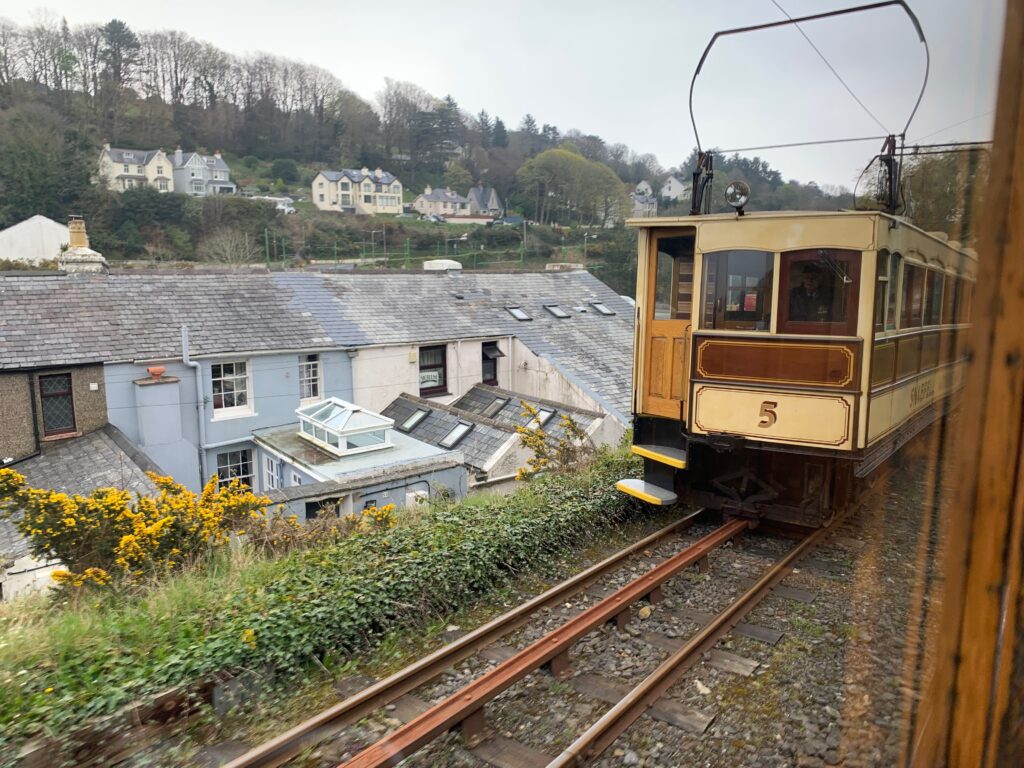
Castle Town
The town closest to IOM airport is the attractive Castle Town, founded in 1090 AD. The town grew up around Castle Rushen, a Viking castle. Consequently, the main centre has a lot of winding streets, fisherfolk cottages and an attractive market square. This Square was the site of the Island’s only witch burning, which took place in 1617. She was accused of securing a good crop through witchcraft. (Sounded like jealousy to me). On the other side of the castle is the harbour on the other.
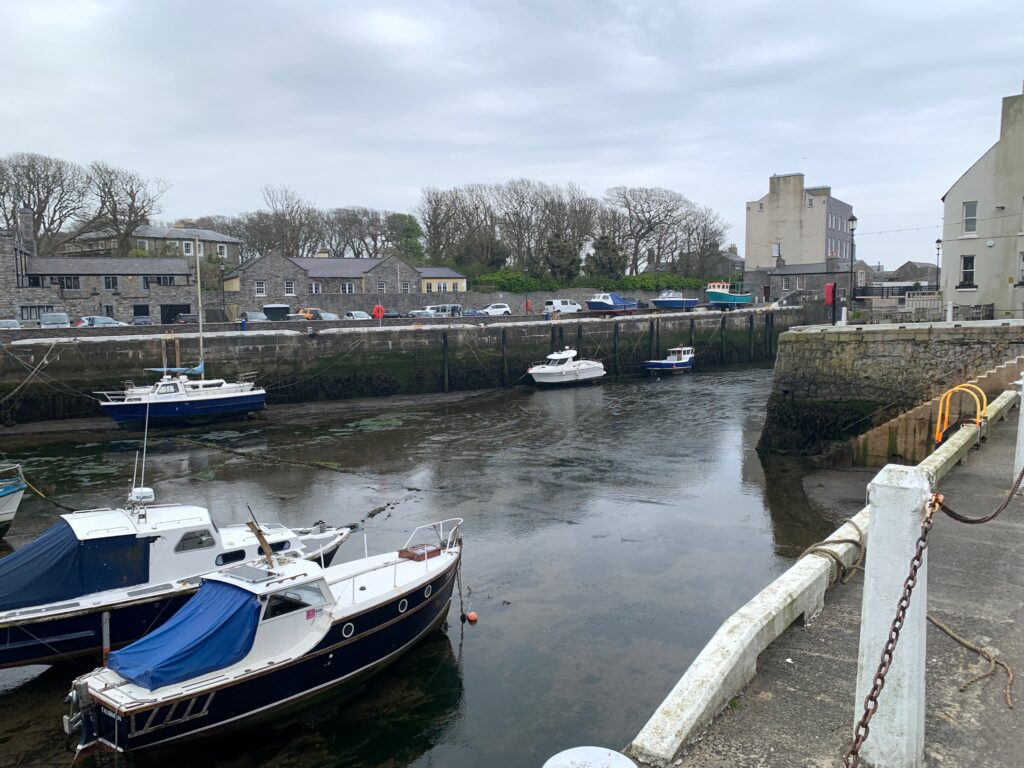
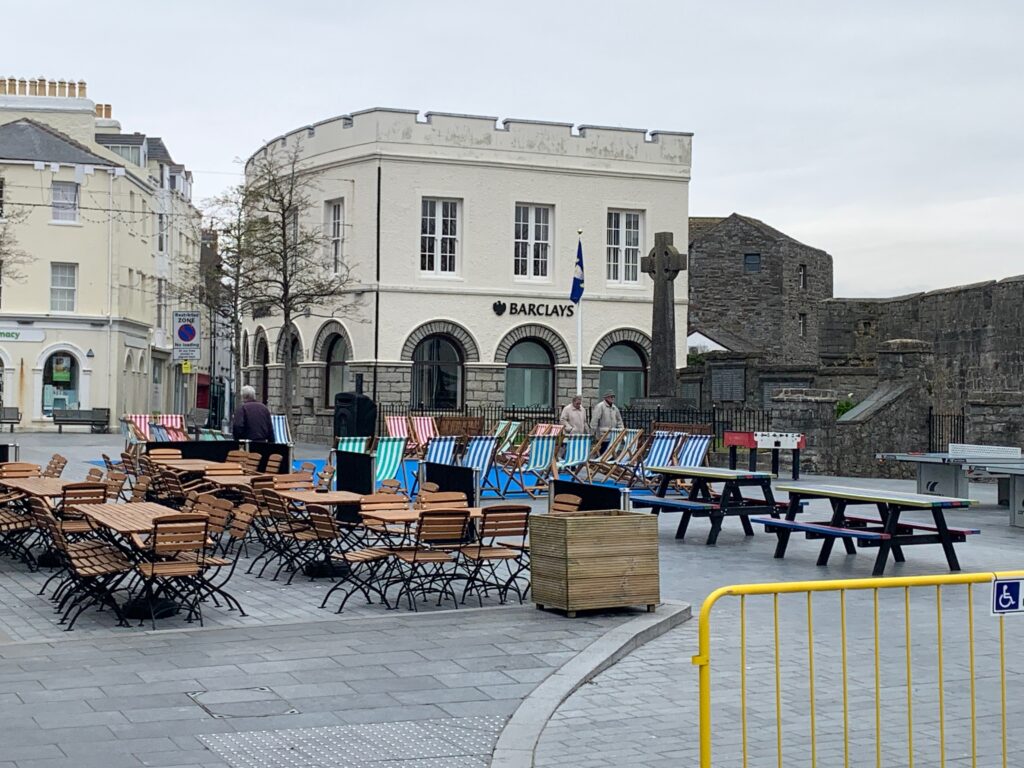
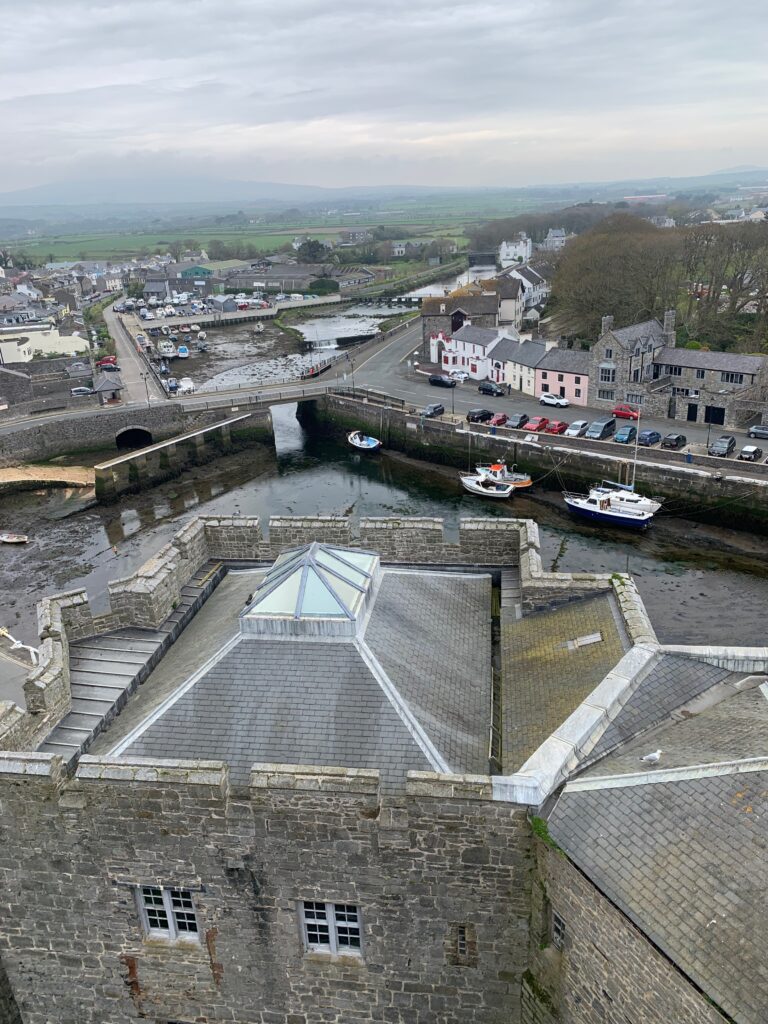
The Castle Rushen is a must see best example of a preserved medieval castle in all Europe. Started in the tenth century, the castle was added to, many times and finished life as the Island’s prison! It has a lot of stairs, some ghosts and glimpses into rooms dedicated to the different epochs in the castle’s life.
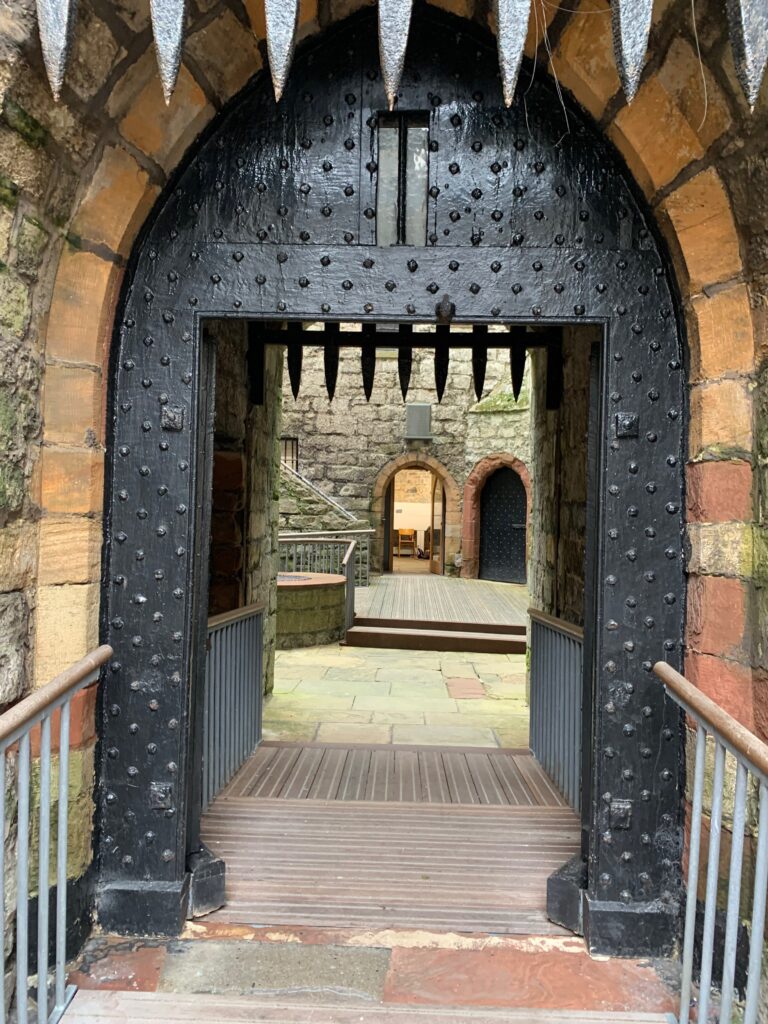
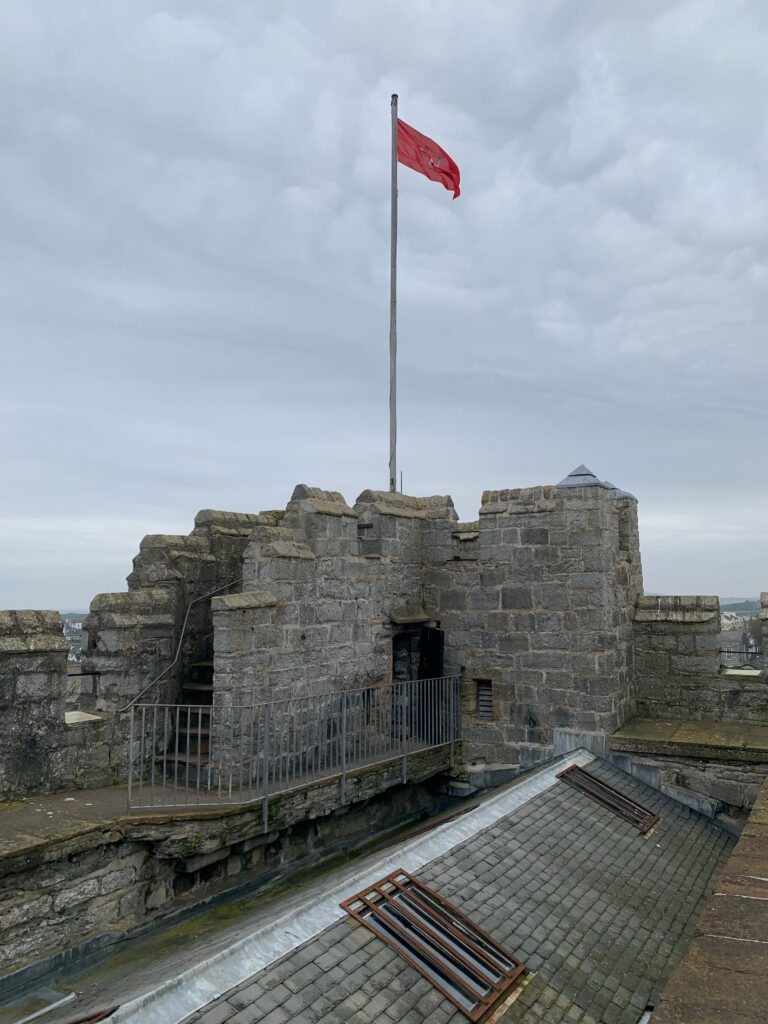
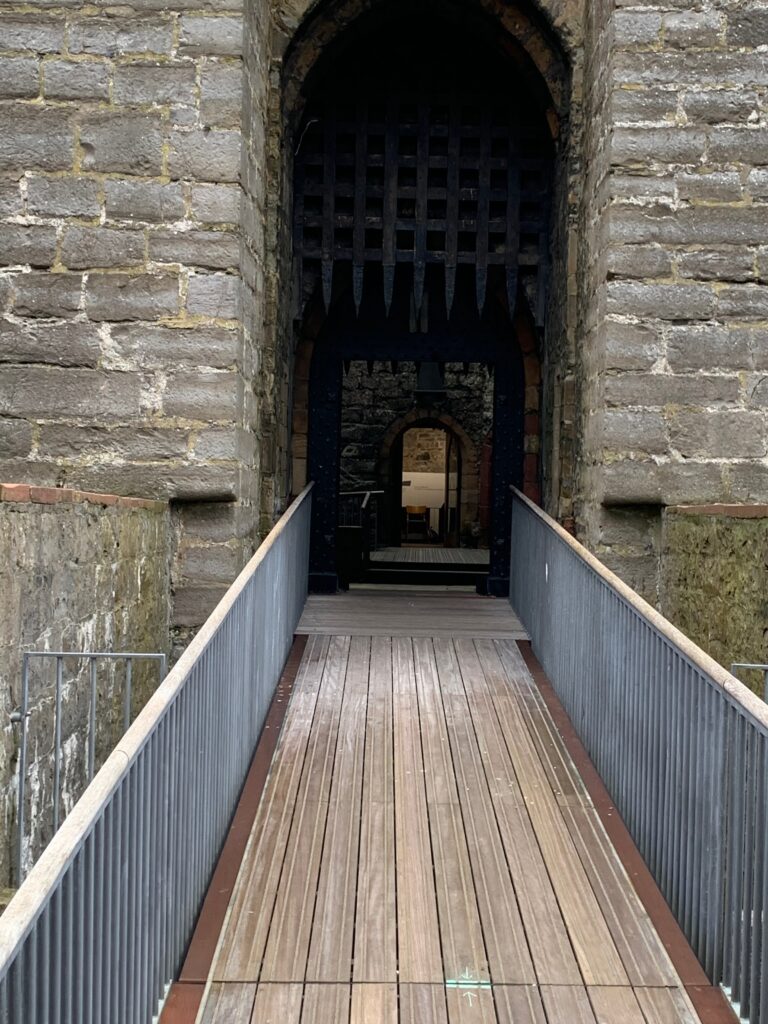
Castle Town was the home of the Island’s parliament until 1874 when it moved from here to Douglas. The old Lower House meeting place, known as the old House of Keys is open for tours over the summer. Today, the town has a population of around 3000 people- the smallest of the four main towns and has a small fishing industry, a couple of supermarkets, some lovely independent shops, plus banking and finance institutions and a little tourism. It is connected to Douglas and Port Erin by bus and the Isle of Man Steam Railway and to the airport by bus or walking!
Port Erin
I didn’t spend as much time in Port Erin as I would have liked, but was impressed with its Bay, Victorian promenade and golden sandy beach. Bradda Head, overlooking the town, offers mesmerizing panoramic views. The Port Erin Railway Museum was worth a quick visit, explaining the island’s significant railway heritage. A nice range of cafes and shops rounded this town out.
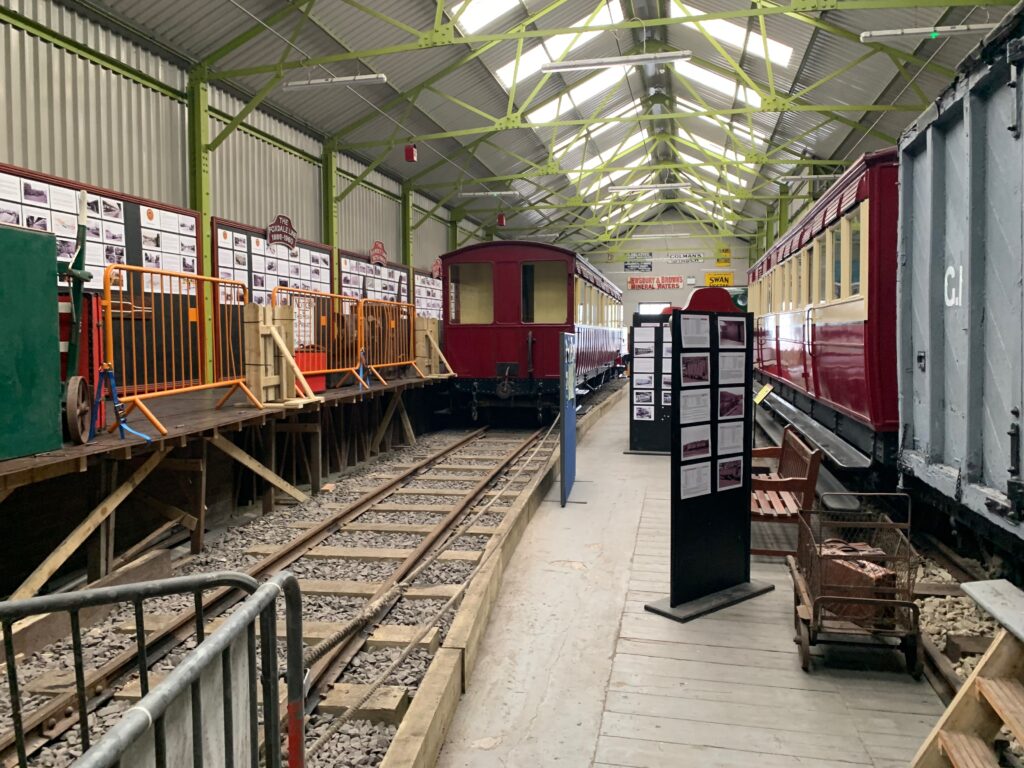

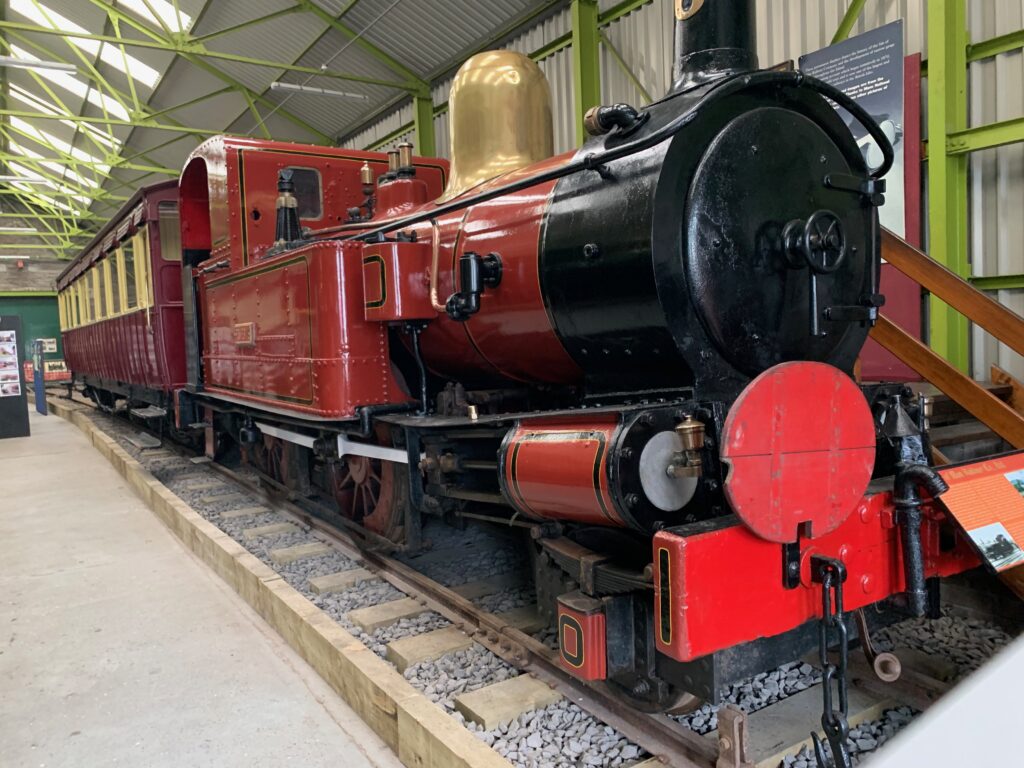
Douglas (Doolish in Manx)
I took the train from Castle Town to Douglas, the Island’s bustling capital, a political, commercial, tourist and transport centre of 25,000 people. It started life as a monastery. Interestingly, the river is not named after a guy called Douglas, but its actually the combination of the two rivers that feed into it: the River Dhoo and the River Glass.
Douglas has a seafront that stretches three kilometres (two miles). At one end is the ferry terminal and at the other is a wall of cliffs and, the Manx Electric Railway (MER). Along the promenade are a collection of hotels, guest houses and theatres. Shops, casinos & government buildings are in the streets behind the Douglas Promenade.

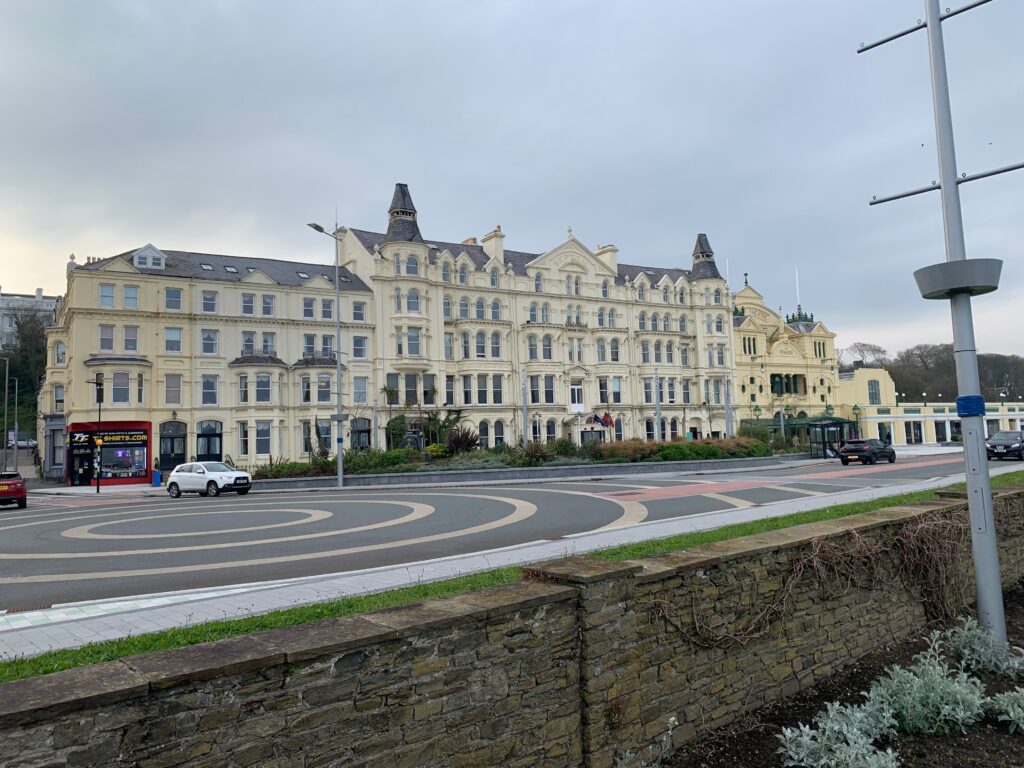
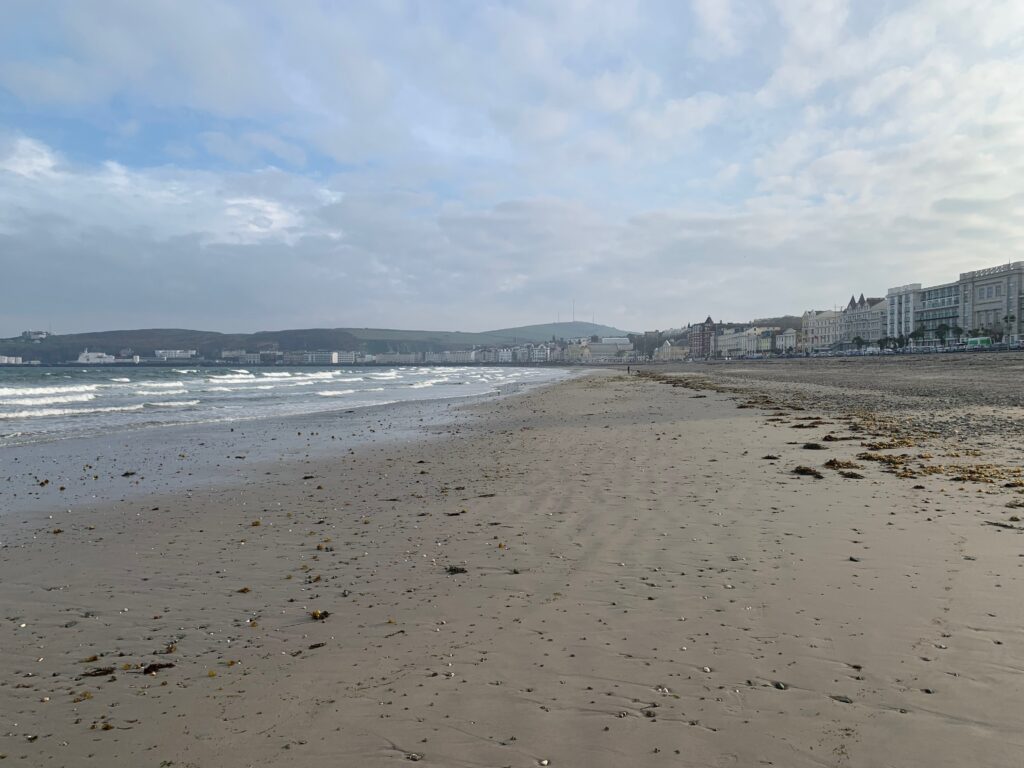
The promenade was used as a prison camp in World War Two. There are a few remains. A war memorial sits in the middle.
I wandered the #promenade in #sunshine, #cloudiness, rain & insanely thick #fog– four days -four different #weather patterns. I loved this part of the town but didn’t warm to Douglas overall. Its definitely handy with all of its services, but I found it the least friendly place on the Island.
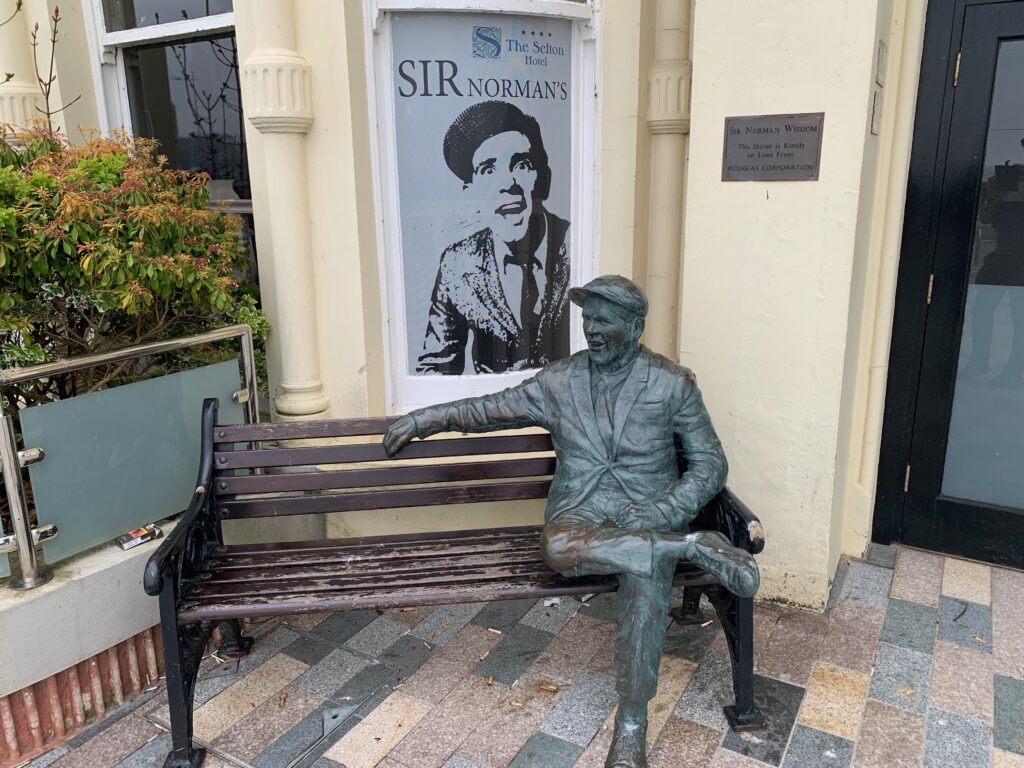
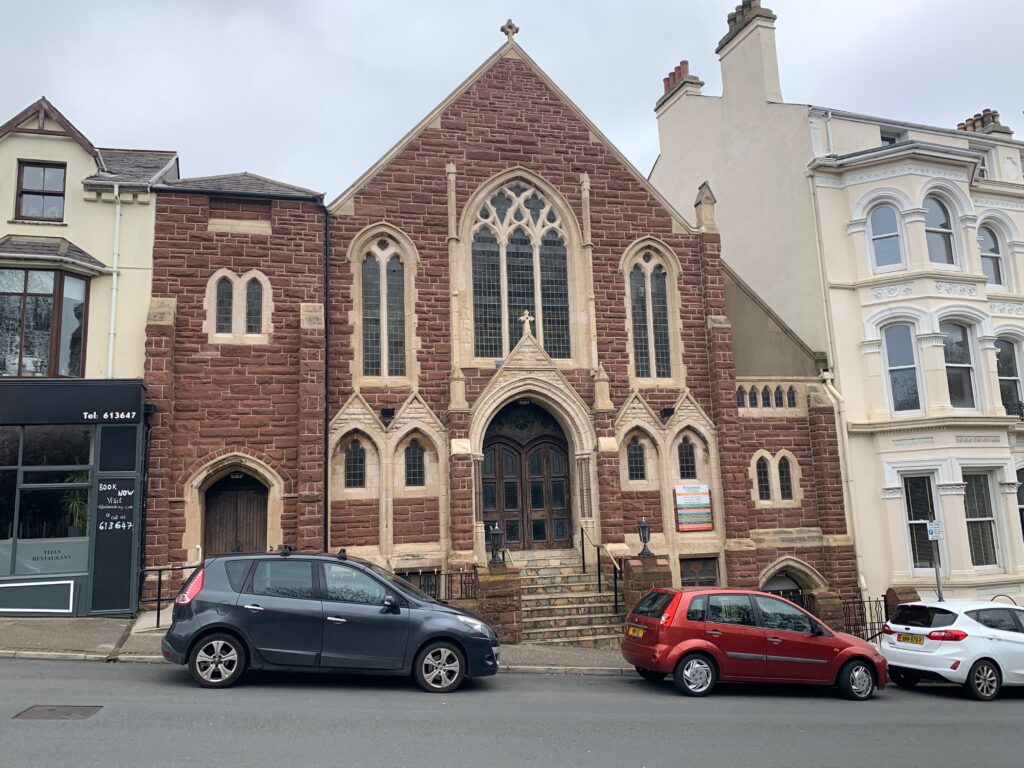
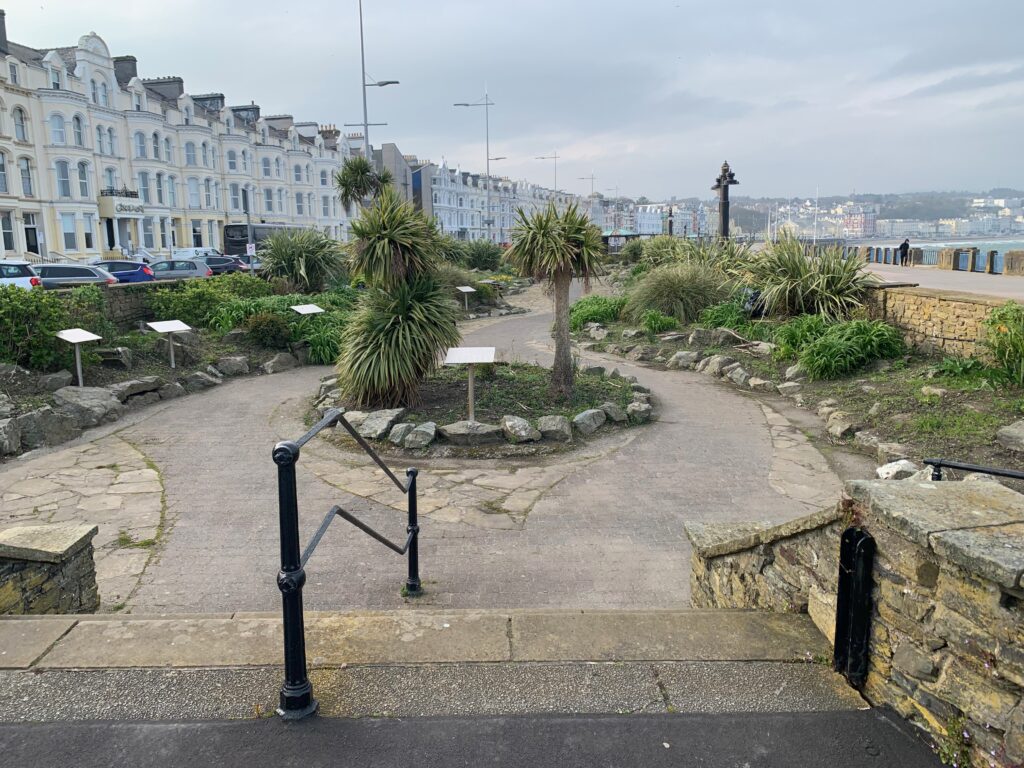
The northern half of the Promenade has a Beach and horse tram. The tram used to run to the ferry terminal, but modern car traffic to and from the ferries is an impediment. I would like to see the electric tram extended all the way along the promenade. The government is talking about a small extension to halfway along.
Check out the pub with sea views at the north end and Jacks #chippery on the road out of Douglas to the north! You can eat in or take your goodies across the road to the cliff overlooking the beach or head down to that Stoney beach.
The famous #beegees statue is on the promenade’s southern half. The three brothers were all born here and spent some of their childhood on the Island, so the population are happy to claim them as their own!
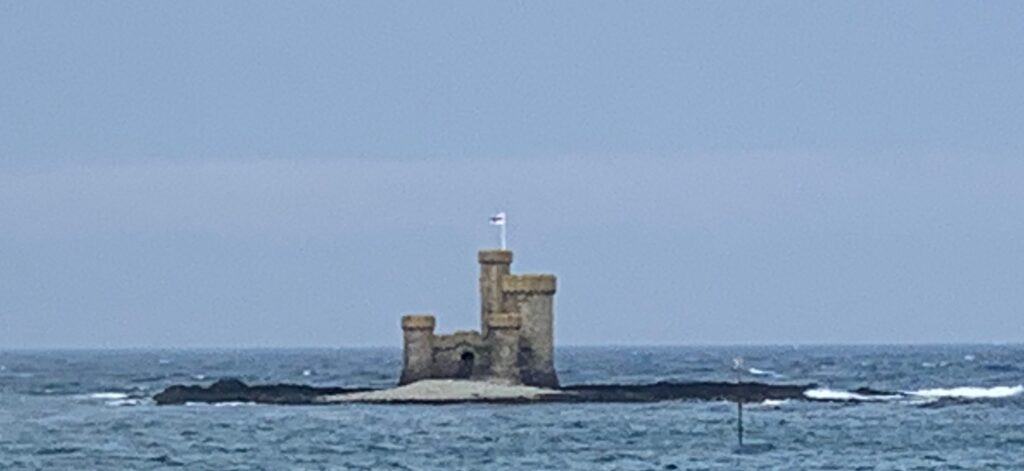
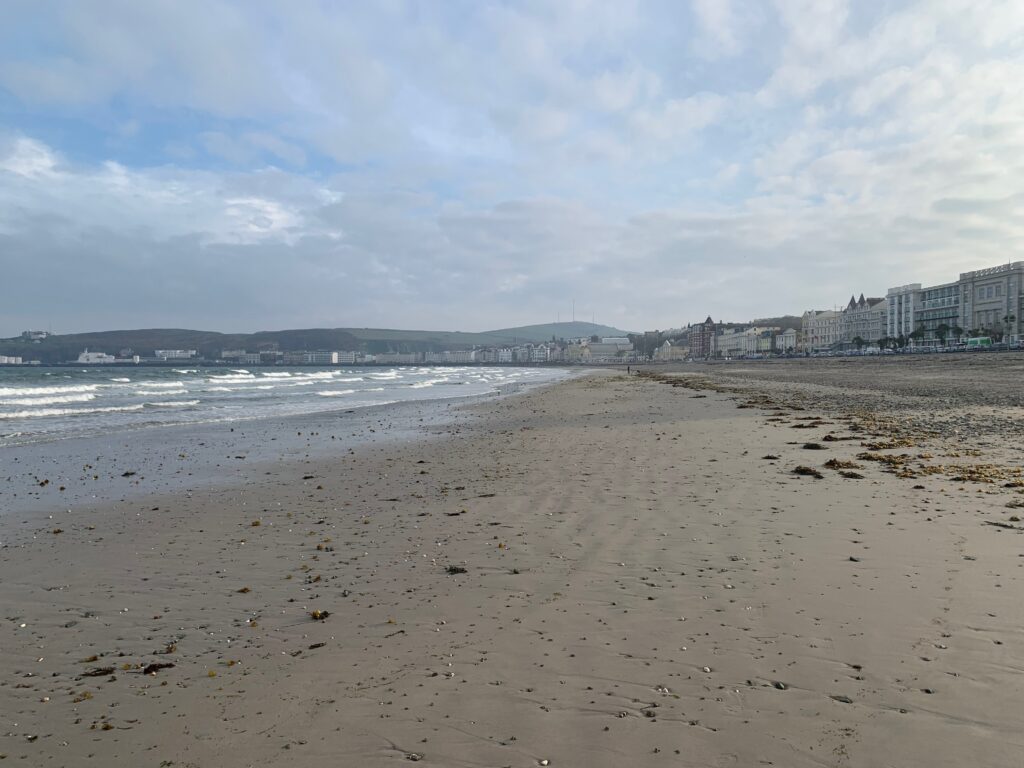
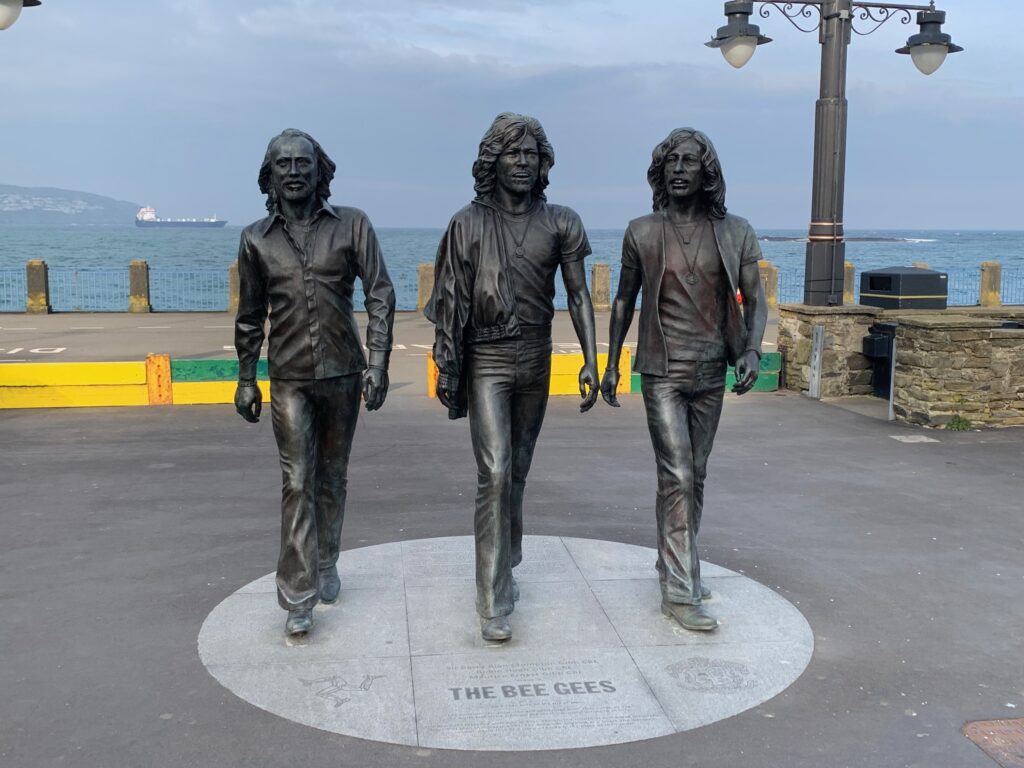
Also in the southern part is the Tower of Refuge is a small castle-like shelter built upon Conister Rock in Douglas Bay as a sanctuary for shipwrecked sailors. Construction was instigated by Sir #WilliamHillary, who founded the @rnli here – #royal National #lifeboat#institute who have saved thousands of lives since.
Laxey
Just half an hour by heritage electric railway from Douglas brought me to the village of Laxey. The name comes from the #Norse and means Laxa Salmon River. I spent more time here than I expected.! Apart from wandering the village and seeing the active miner’s church building, there were six key things to do.
The one activity almost every tourist undertakes here is to ride the Snaefell Mountain railway from Laxey to the top of the highest mountain on the #isleofman at 620.9 m above sea level. The name comes from the Old Norse) /Sniaull – snow mountain. I chose a very foggy sat to ride the railway up – we could see the remains of the old power station & the TT circuit in the fog.
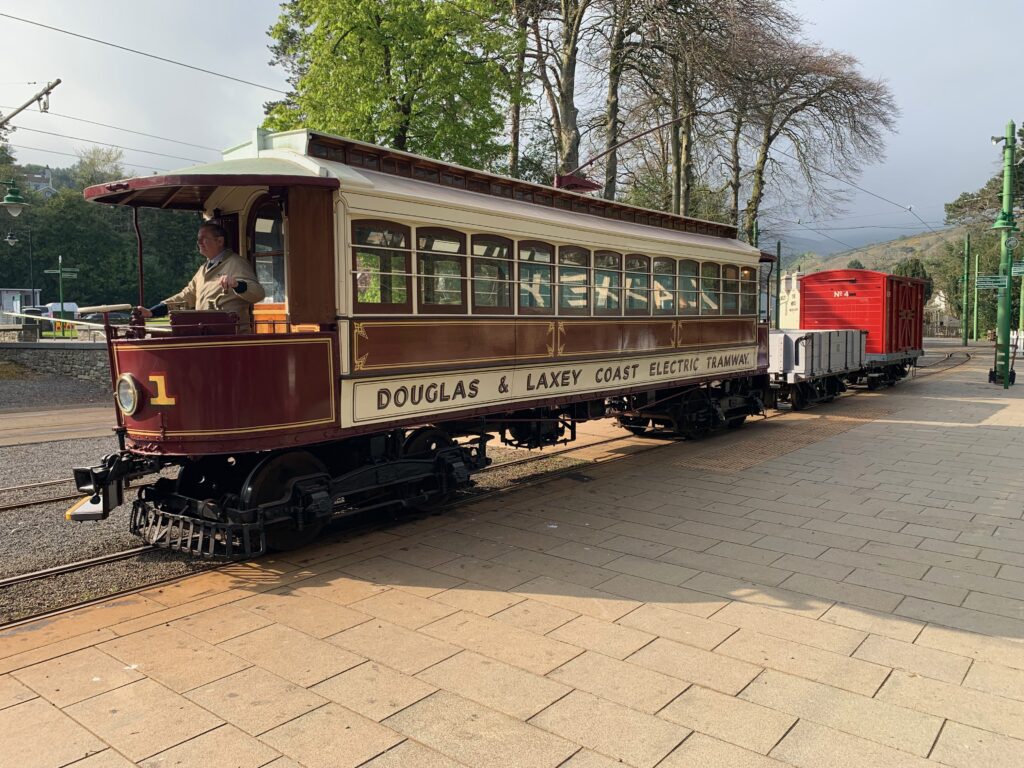
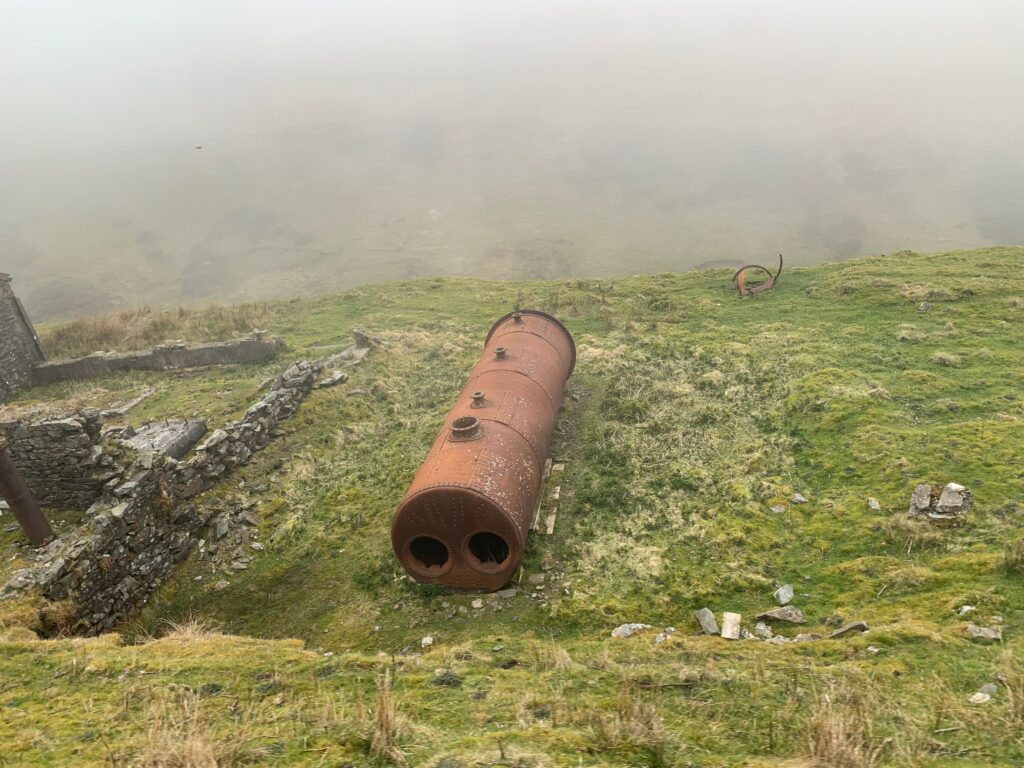
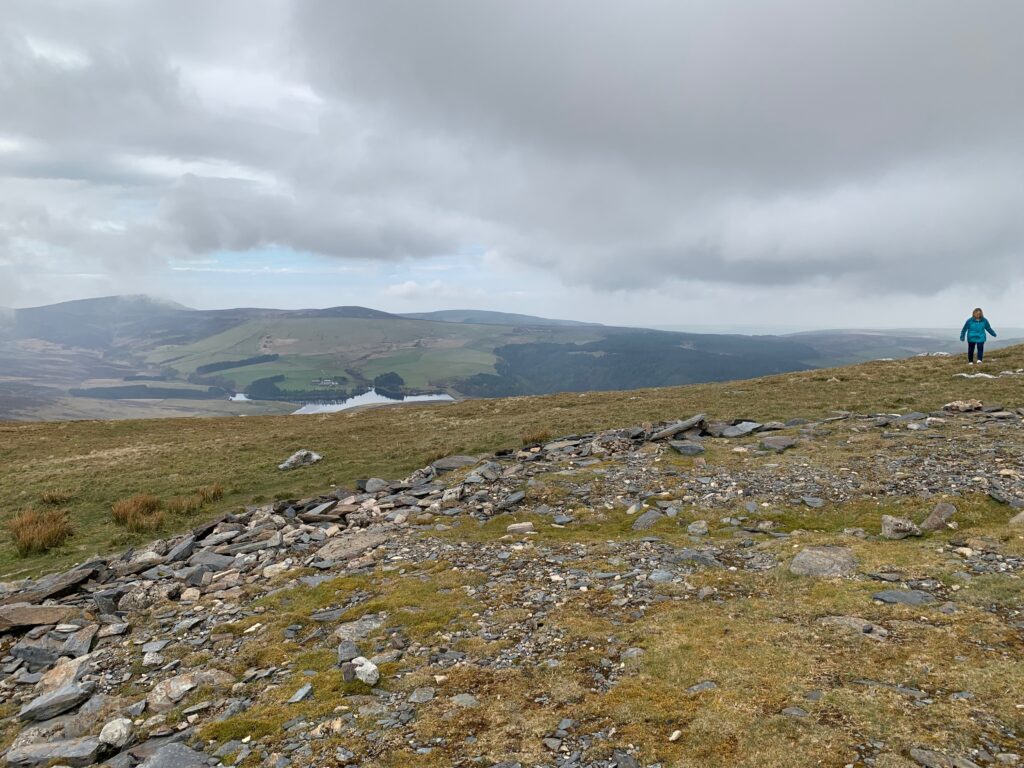
At the top, had scones and coffee in the cafe next to the railway station.
Coming down the mountain, afooorded some super views of the Agneash Waterfall from the train. I later walked to that same waterfall from Laxey, one of the many spectacular walks that start in that village.
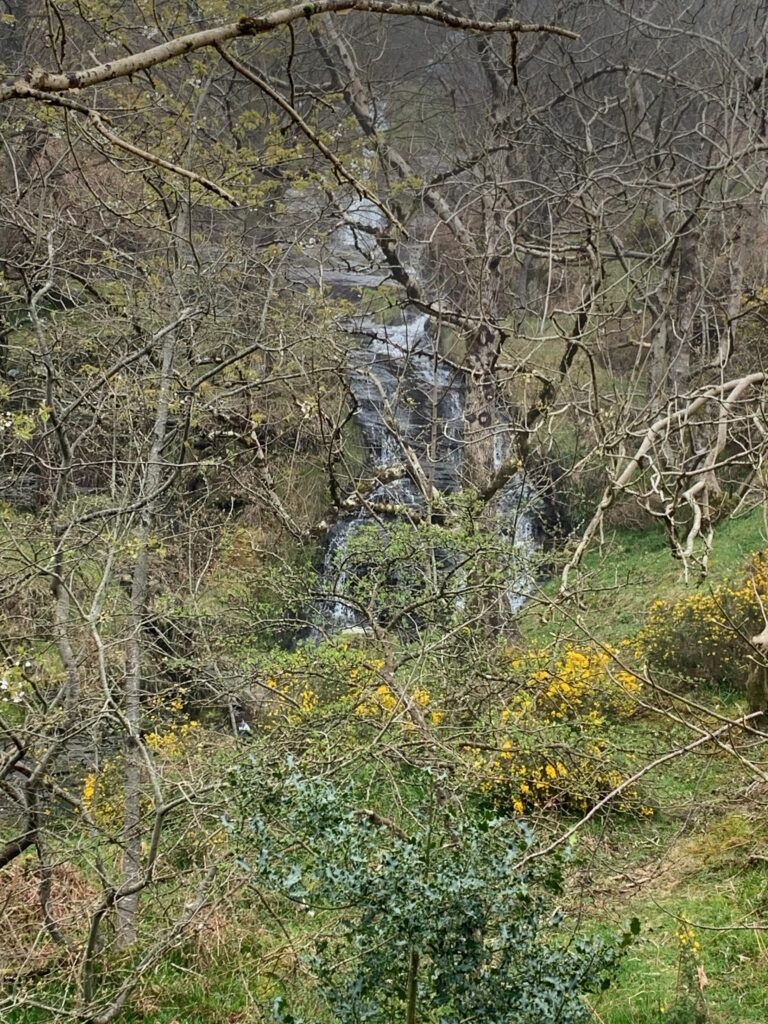
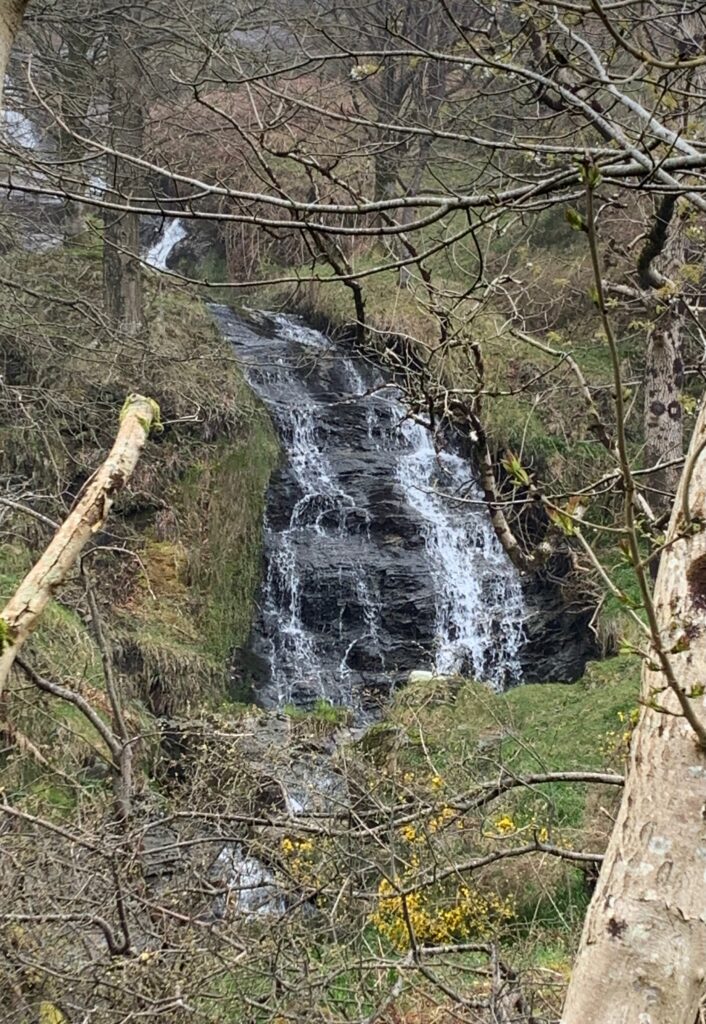

A stroll downhill (and then uphill on the return) from Laxey Village to beautiful Laxey Bay took 20 minutes each way. My reward was some homemade local ice cream from a tea and ice cream shop at the beach.
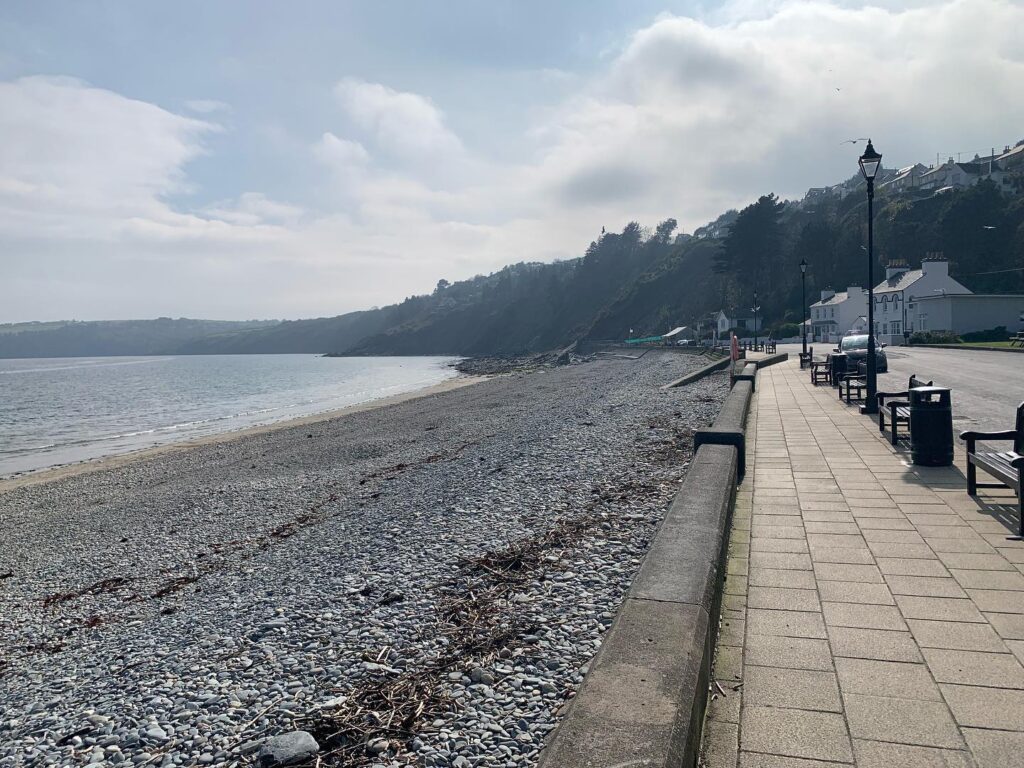
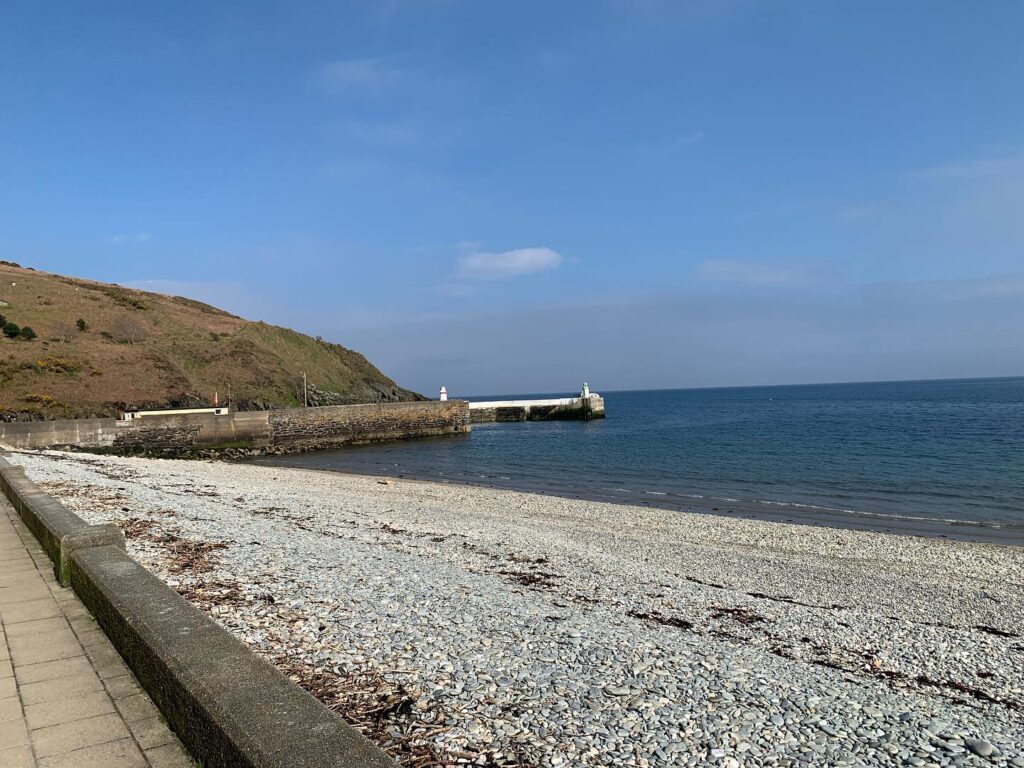

The other tourist Mecca is the Great Laxey Wheel (Queeyl Vooar Laksey) or Lady #Isabella (as the wheel is also known), an iconic symbol of the Island’s industrial heritage. “She” (why are water wheels gendered?) was built in 1854 to pump water from the Laxey mine and is now the largest working waterwheel in the world at 22 metres in diameter! The wheel’s size has made it a tourist attraction for 150 years! There are some steep stairs, I took to the top for the incredible views across the Laxey Valley.
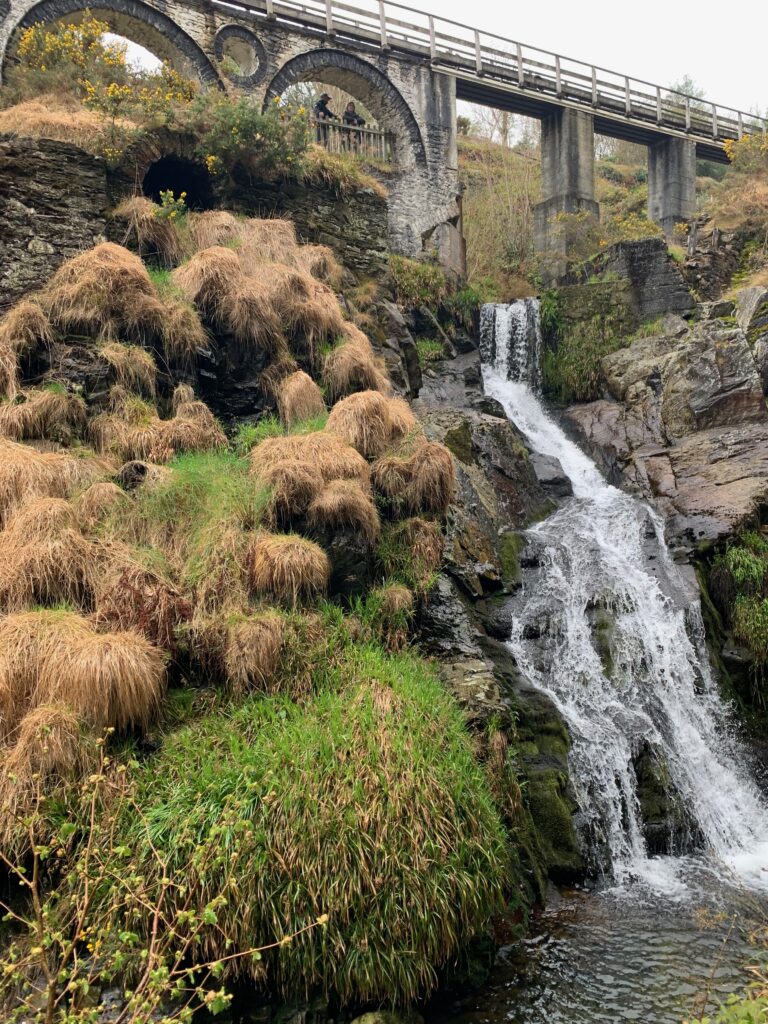
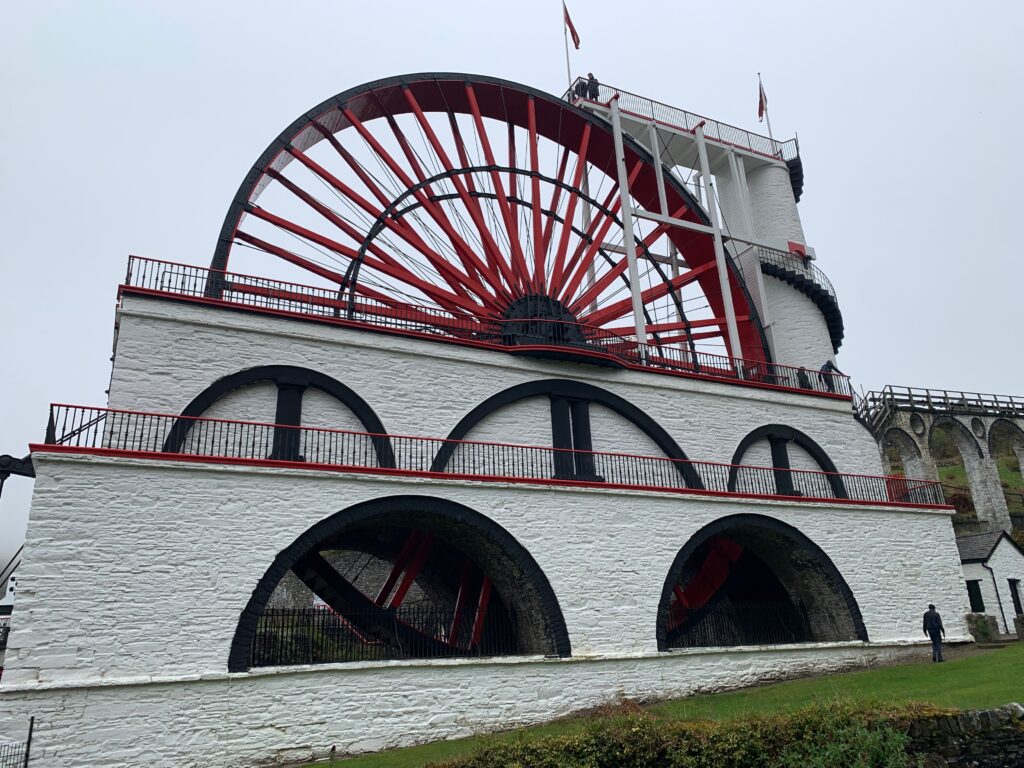
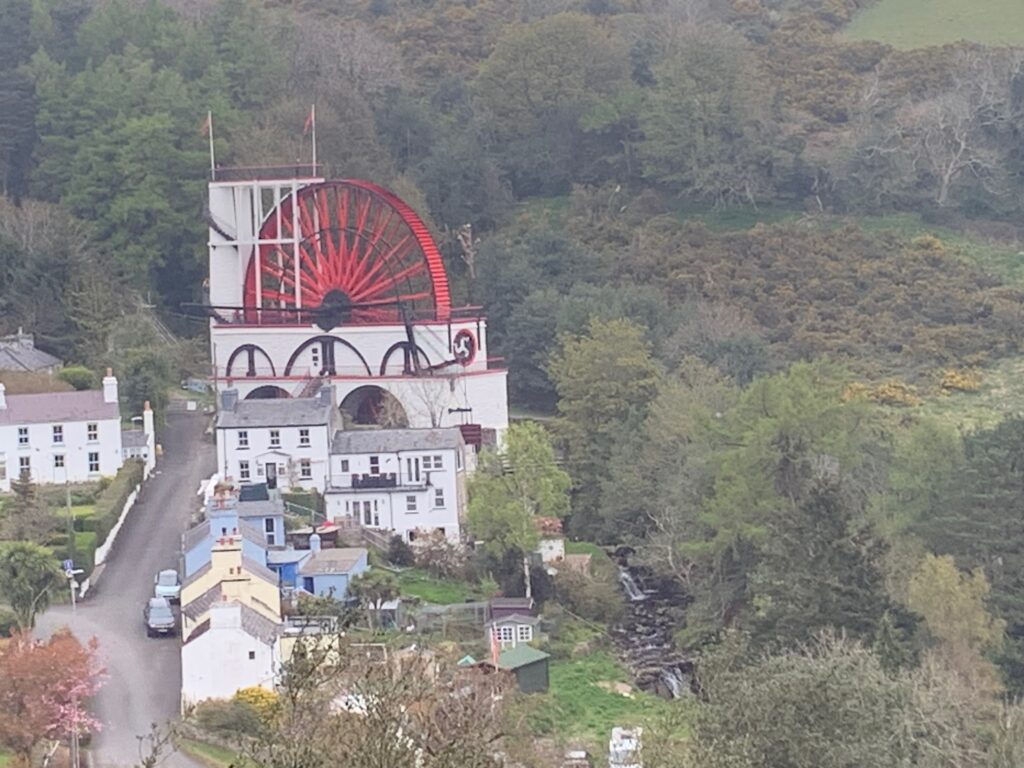
I took a ride on the amazing Laxey Mines Railway, which operates only on Summer Saturdays. A group of dedicated #volunteers have done an excellent job restoring and running two beautiful replicas of original steam engines: Ant and Bee pulling tiny tiny trains through a narrow tunnel to the entrances of the old mine from Laxey village. It isnt for those who feel claustrophobia! You can walk from the end of the mining railway to the Llaxey Wheel, which is what I did.
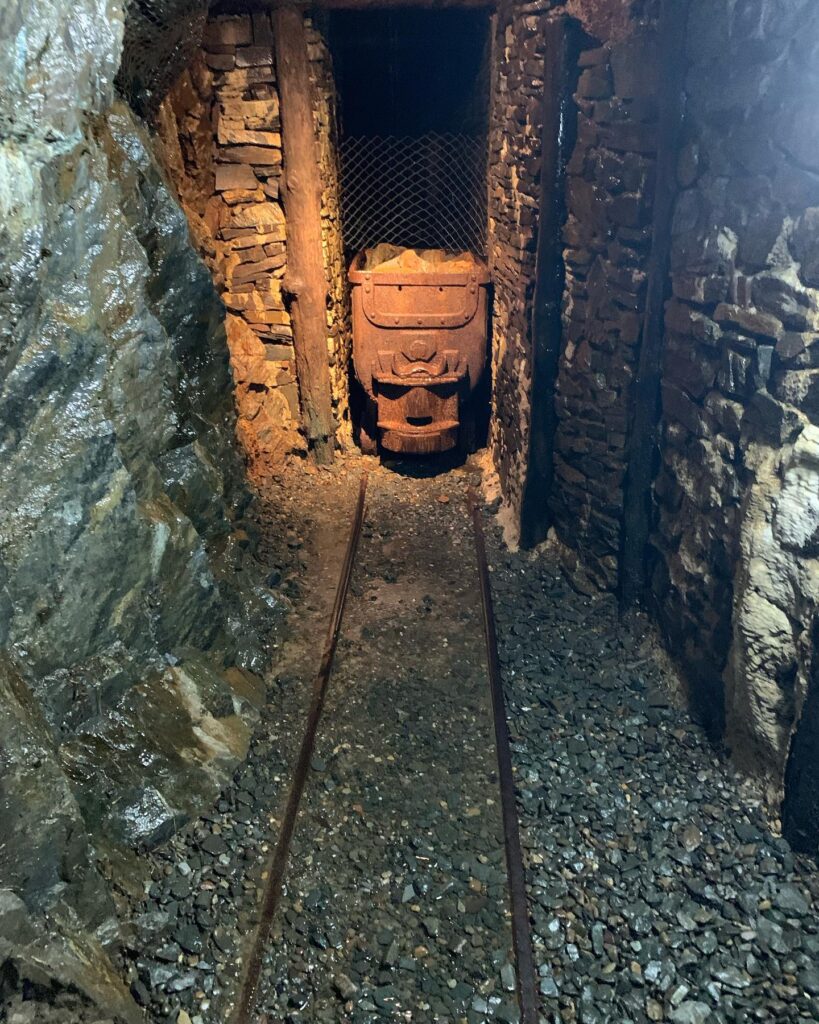

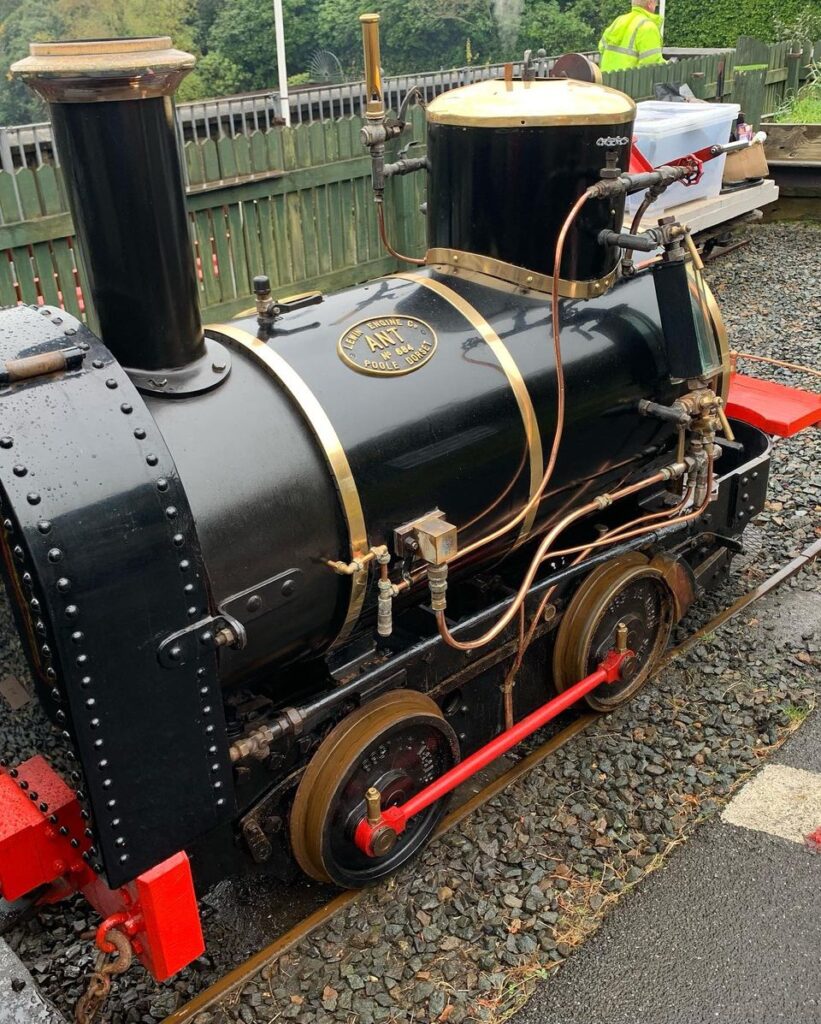
Maughold Church
Another MER train north took me to from where I hiked ito Kirk Maughold Church. This was one eerie day to go for a hike l. Founded in around AD 447. by Celt St #Maughold who was expelled from Ireland by St Patrick. He landed on the coast here, bringing #Christianity to the #isleofman. This headland site became a pilgrimage stop. Then Viking King Olaf I. made it one of his official churches.
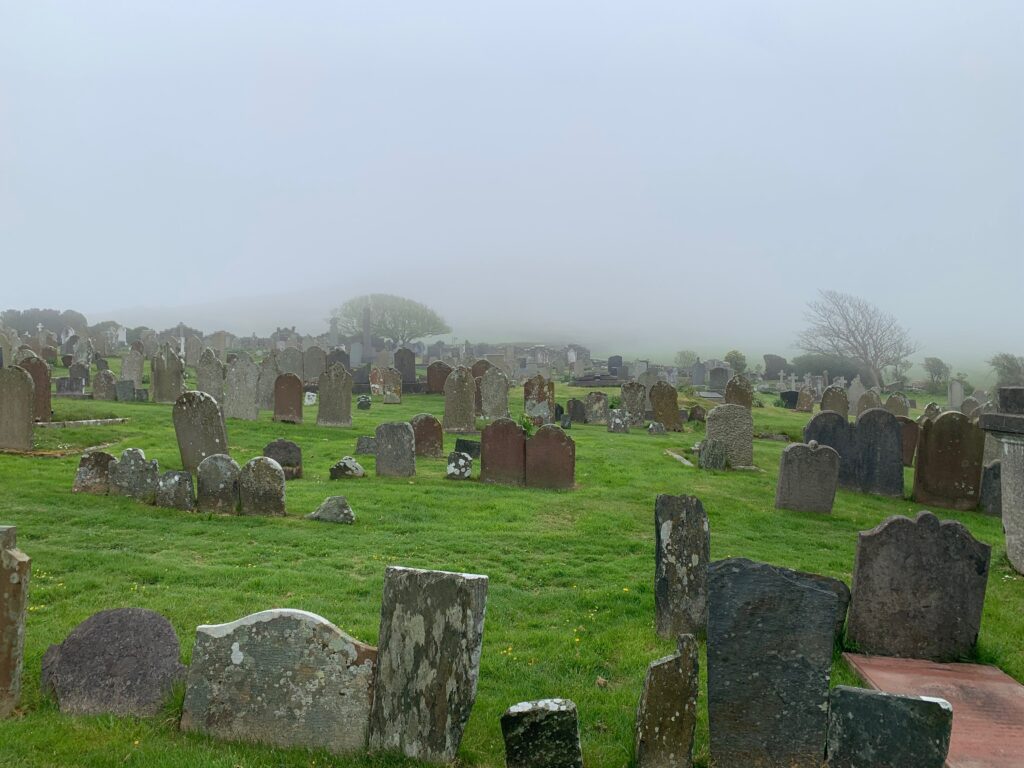
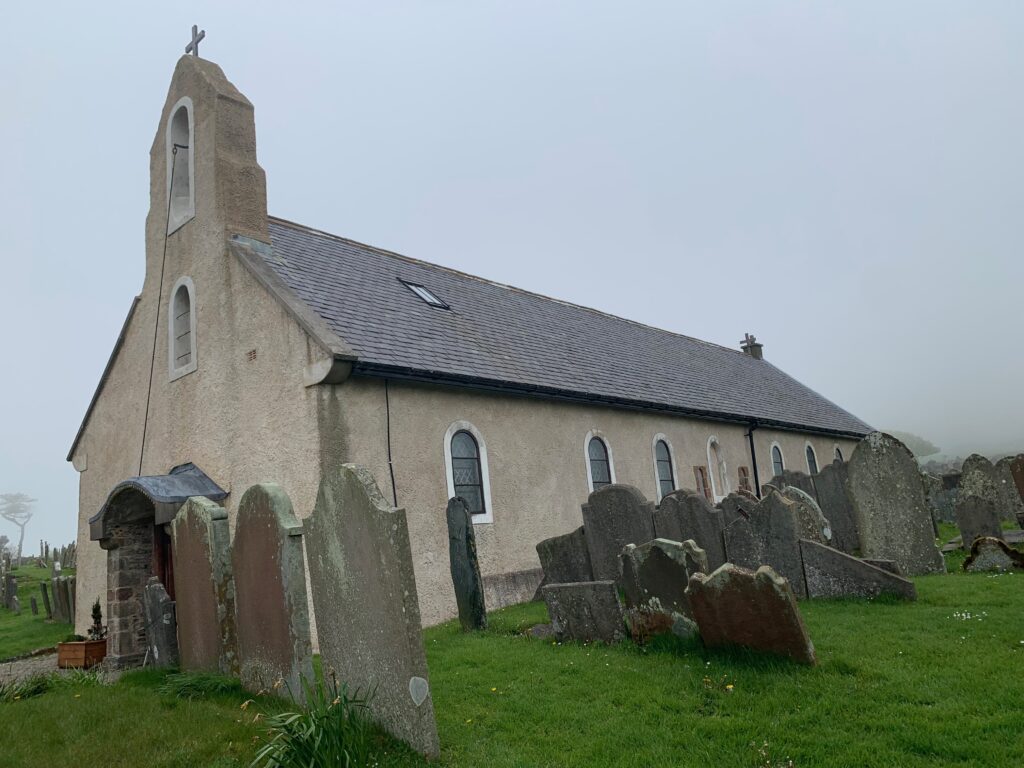
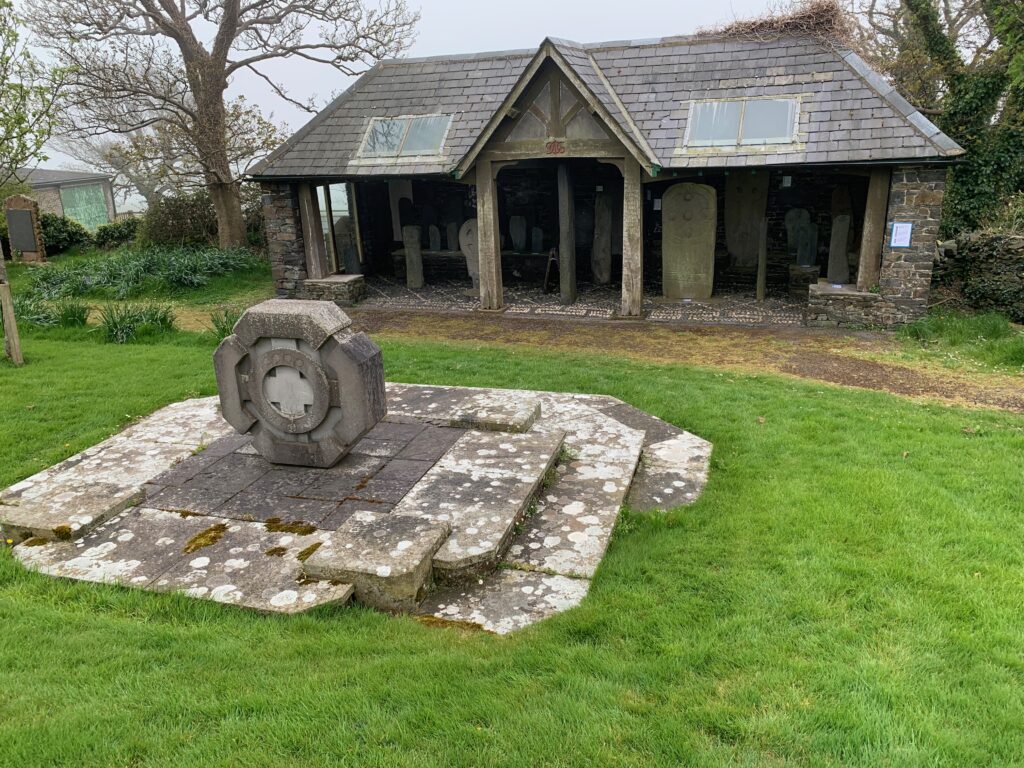
The church building contains many ancient relics. But what draws tourists today is the four-acre graveyard which contains one-third of all the pre-Norse graves with cross designs found on the Island. You can also see the oldest stone-carved example of the three legs of Mann symbol on the Island, and a huge collection of Celtic crosses. Which is why I found myself traipsing through a graveyard in almost complete fog, thinking about every horror film I have ever seen!!
Ramsay
On that same eerie day, I rode the last part of the Manx Electric Railway into Ramsay, also known as Royal Ramsay, because the British royal family visited there in the 19th century. Ramsay is from the #e language and means wWld Garlic River.
This is second largest (and most northern_ town on the Island with around 8000 people. It has the biggest harbour, a rocky seafront and a stunning park: a #19th-century Mooragh Park, with a large boating lake. This foggy day made it very atmospheric!
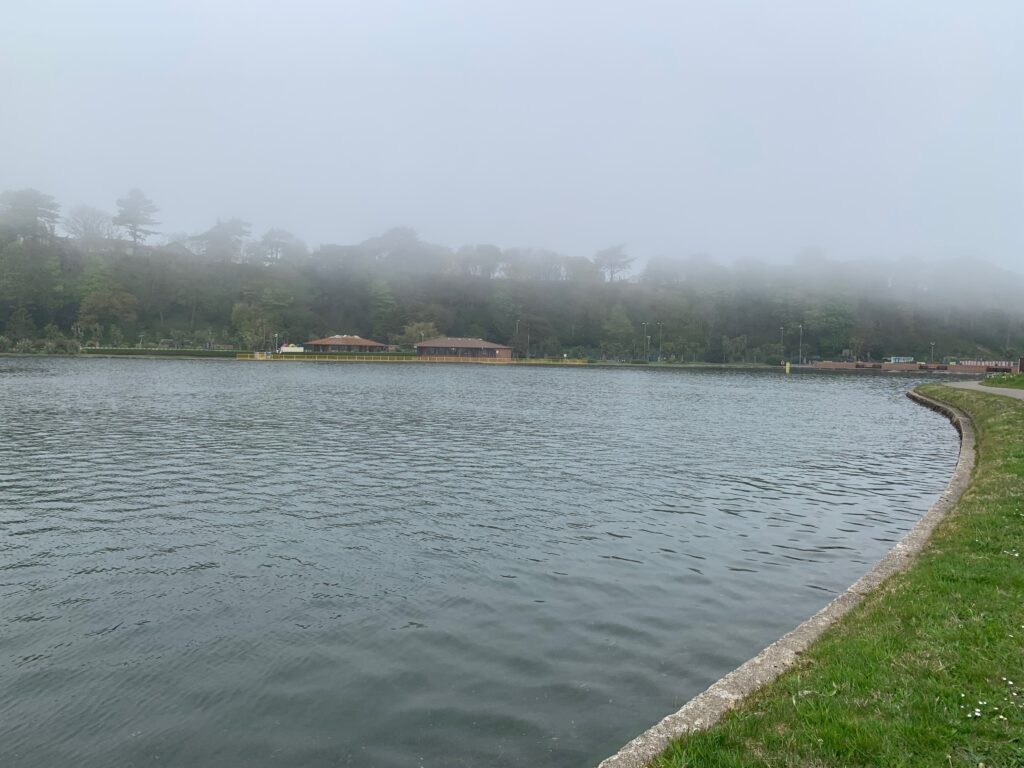
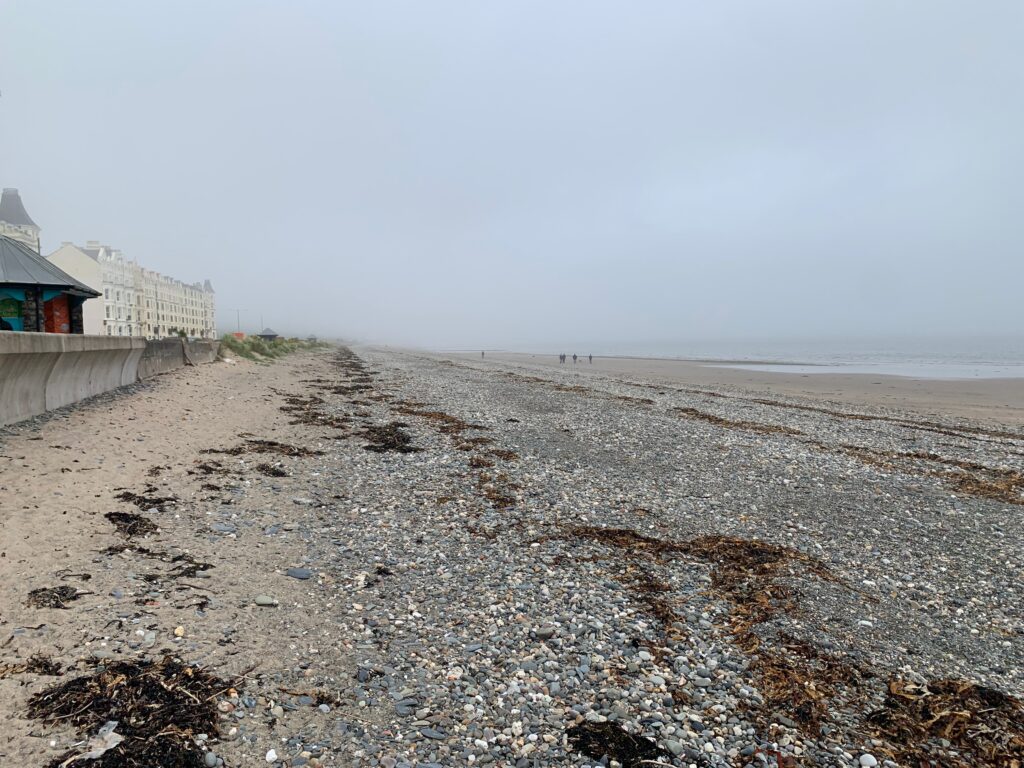
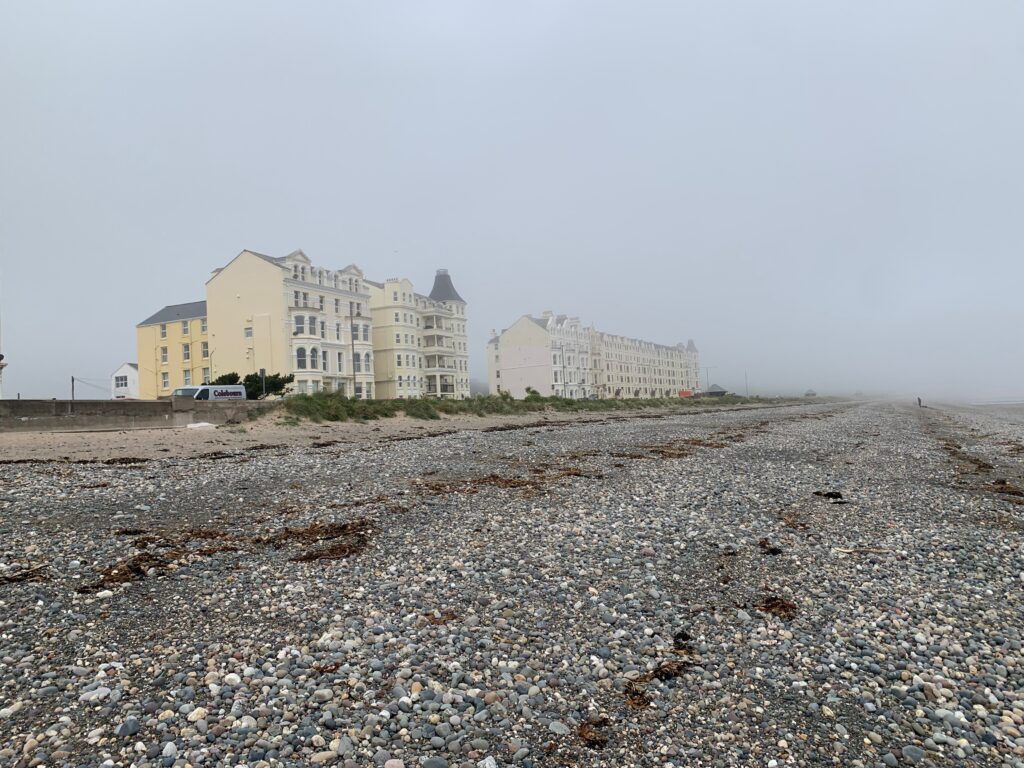
Then it was off to my present day flight away from four very full days! I walked 55 km (33 miles) on that time!!#
Overall, the Isle of Man is a unique and fascinating destination that offers visitors a wealth of history, culture, and natural beauty. Whether you’re interested in exploring the Island’s rich heritage or simply enjoying its stunning scenery, the Isle of Man is a great place to visit. Thanks for journeying with me!!
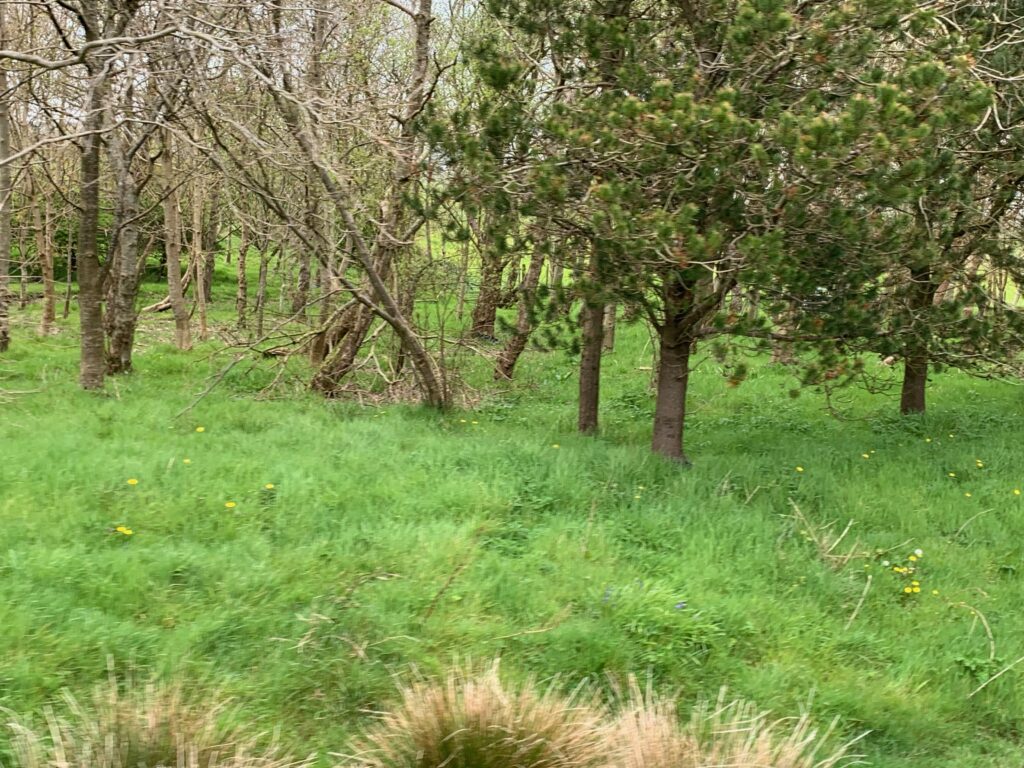
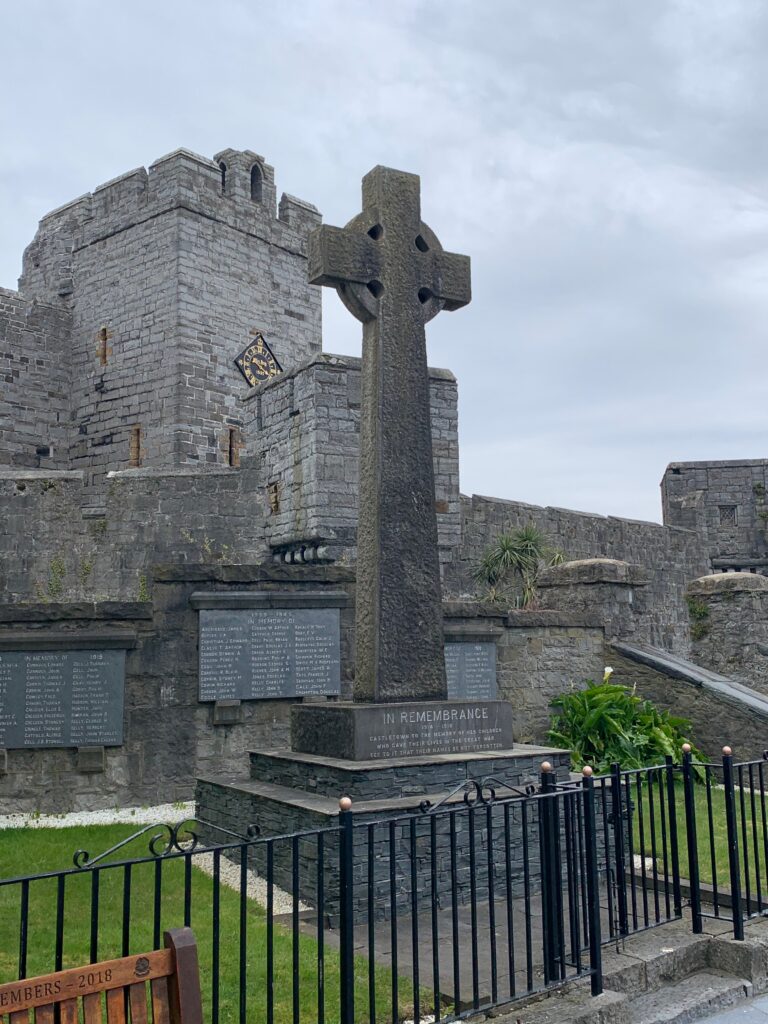
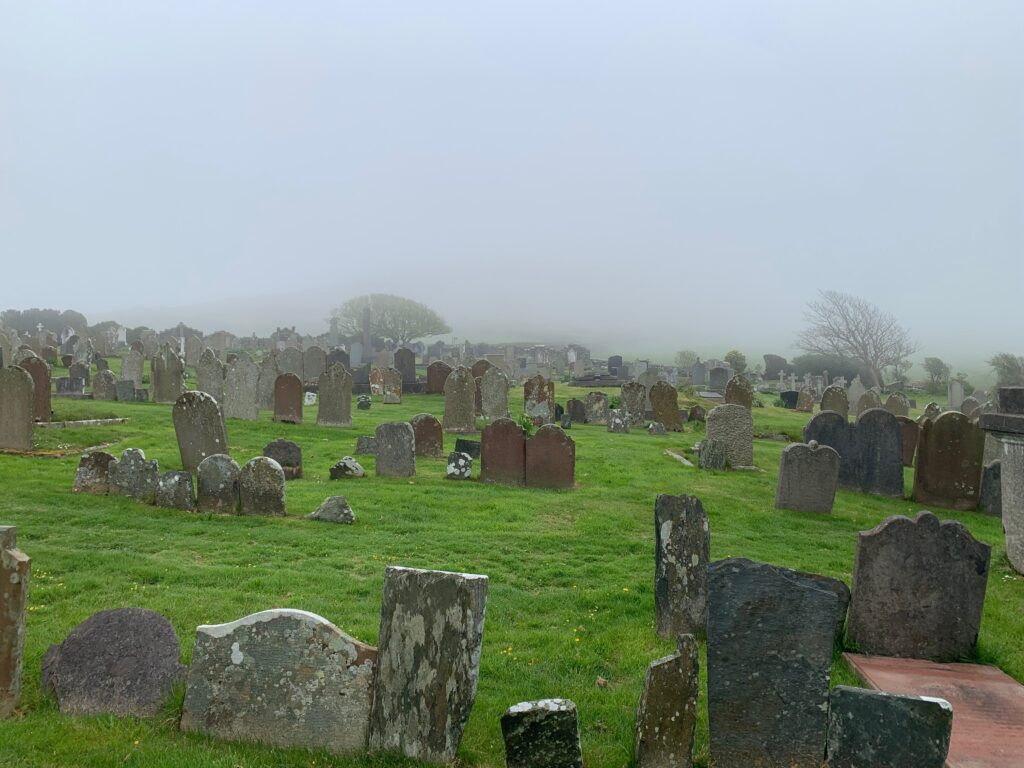
Where to Stay
The Island offers a range of accommodation options. Most options are in Douglas, the Island’s capital, with some options in the other coastal towns.
- Youth hostels: The average cost for a bed in a dormitory-style youth hostel on the Isle of Man ranges from around £15-£30 per night, depending on the location and season. Private rooms are also available at some hostels, and the cost for these rooms is typically higher.
- Guesthouses: The average cost for a guest house room ranges from around £90 per night. Most include a British-style breakfast. Quality varies significantly.
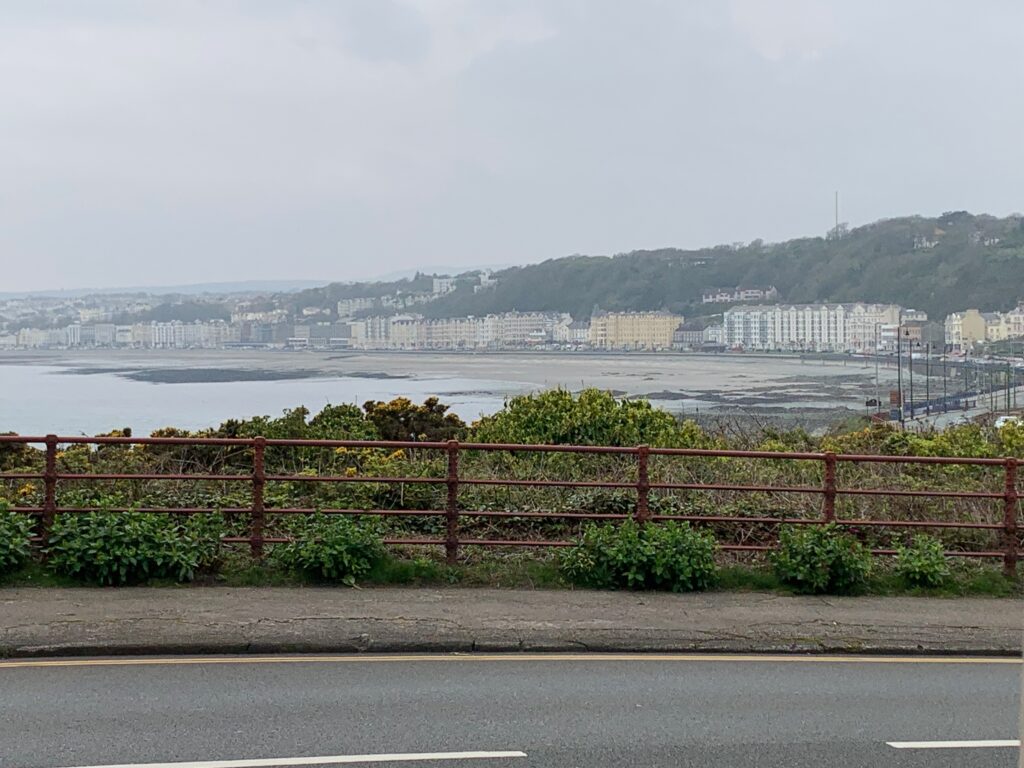
3-Star:
The average cost for a 3-star hotel on the Isle of Man ranges from around £70-£130 per night. Best of the lot:ason.
- The Chesterhouse Hotel, located in Douglas with an average rating of 4.3 out of 5 stars. Guests have praised its convenient location, friendly staff, and comfortable rooms.
- The George Hotel in Castletown wiythb an average rating of 4.2 out of 5 stars is praised its historic charm, cleanliness, and helpful staff.
- The Sefton Express located near the Isle of Man airport, with an average rating of 4.2 out of 5 stars for its comfortable rooms, convenient location, and helpful staff.
4-Star:
The average cost for a 4-star hotel on the Isle of Man ranges from around £100-£200 per night, depending on the location, amenities, and season. The top three recommended are:
- The Claremont Hotel in Douglas has an average rating of 4.7 out of 5 stars. Guests have praised its luxurious rooms, excellent restaurant, and friendly staff.
- The Comis Hotel and Golf Resort in Santon with s an average rating of 4.6 out of 5 stars. Guests have praised its beautiful surroundings, spacious rooms, and excellent restaurant.
- The Mannin Hotel in Douglas, has an average rating of 4.6 out of 5 stars. Guests have praised its modern decor, comfortable rooms, and friendly staff.
5-Star:
There are only a few 5-star hotels on the Isle of Man, and the average cost for a room in one of these hotels ranges from around £150-£400 per night, depending on the location, amenities, and season.
- The Ellan Vannin Hotel in Douglas, has an average rating of 4.8 out of 5 stars. Guests have praised its luxurious rooms, excellent restaurant, and attentive staff.
- The Sefton Hotel in Douglas, has an average rating of 4.7 out of 5 stars for its elegant decor, comfortable rooms, and excellent location.
- The Welbeck Hotel & Restaurant also in Douglas with n average rating of 4.6 out of 5 stars, has stylish rooms, an excellent restaurant, and friendly staff.
Please note that the above are approximate average costs, and the actual prices may vary depending on various factors such as the time of year, availability, location, and amenities.


[…] Journey to the Isle of Man: A Wonderful Adventure […]